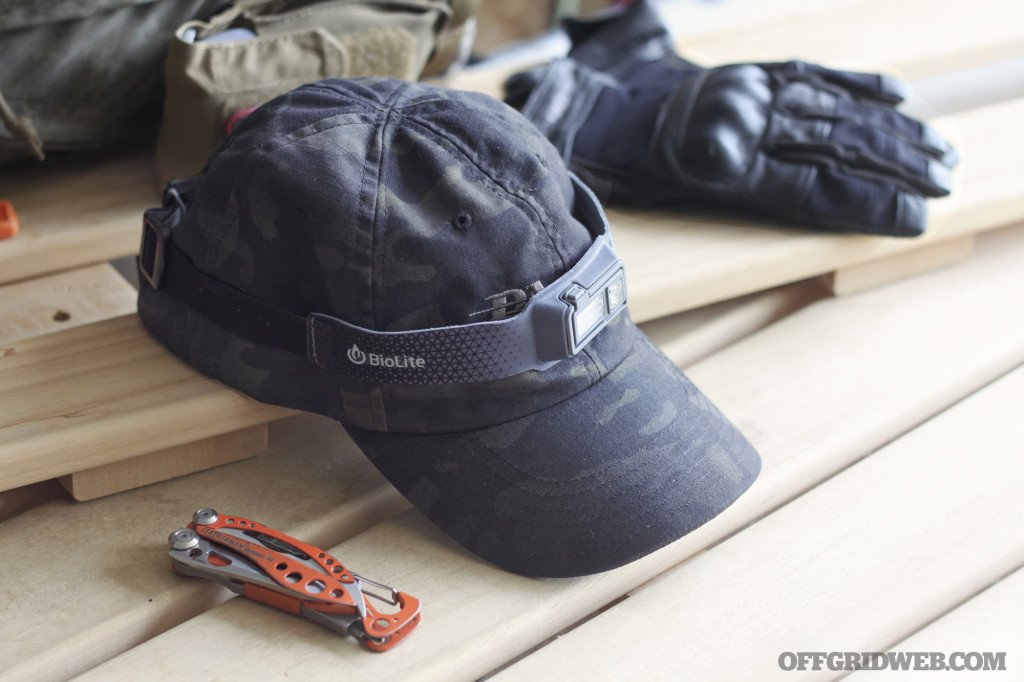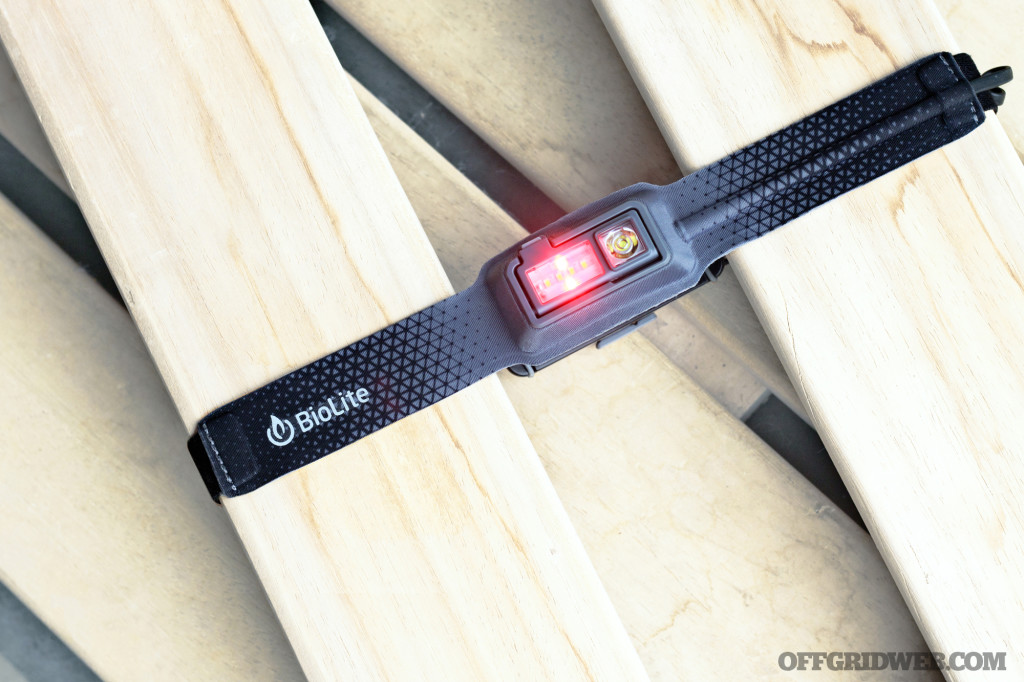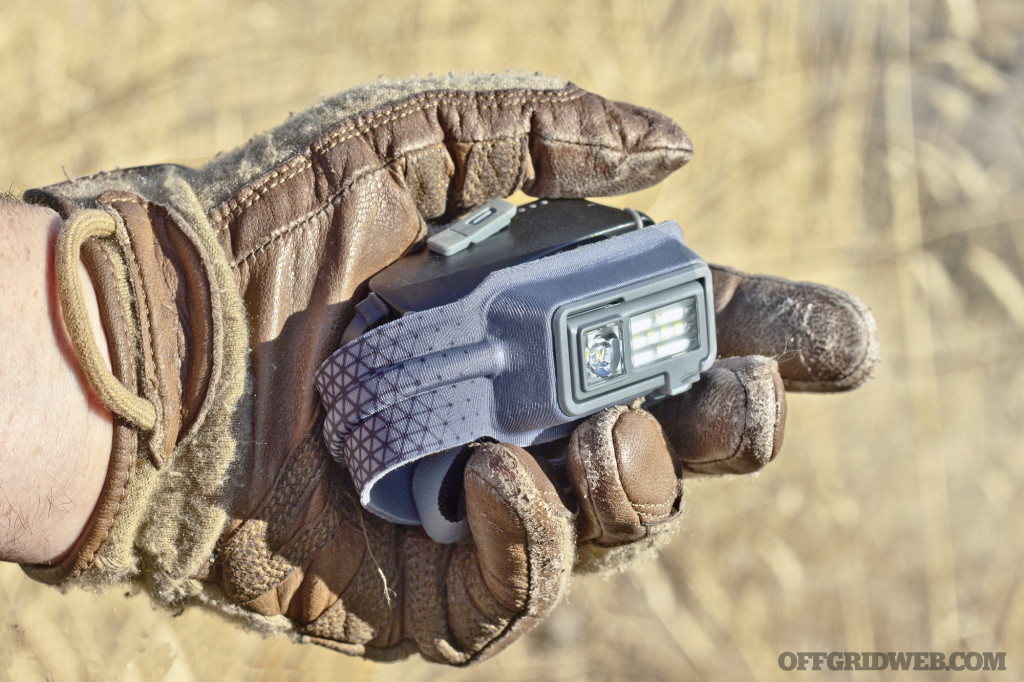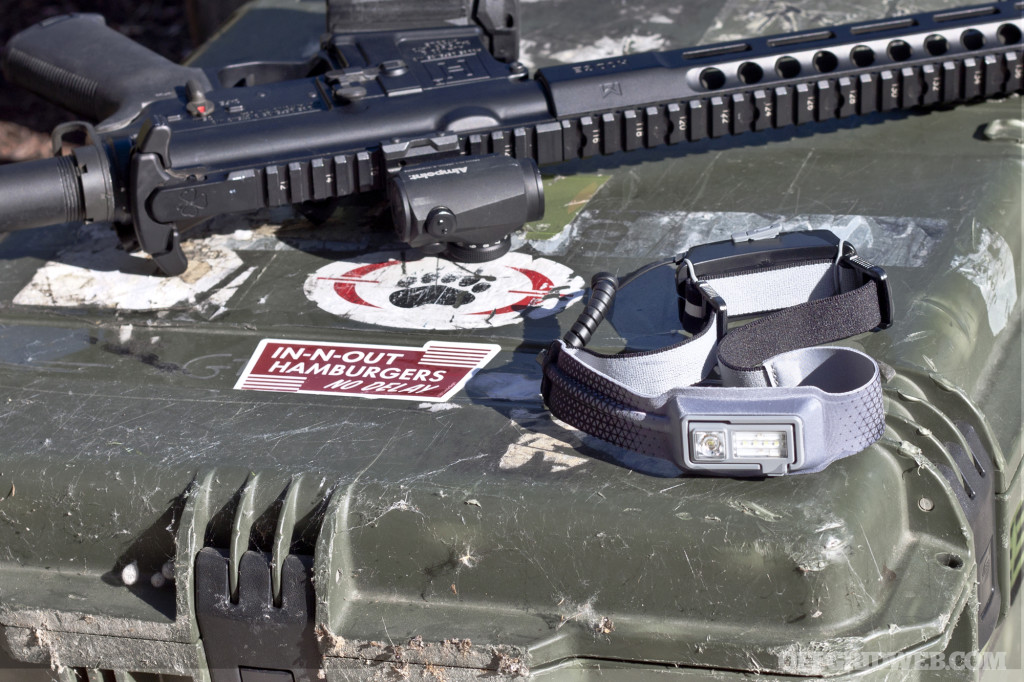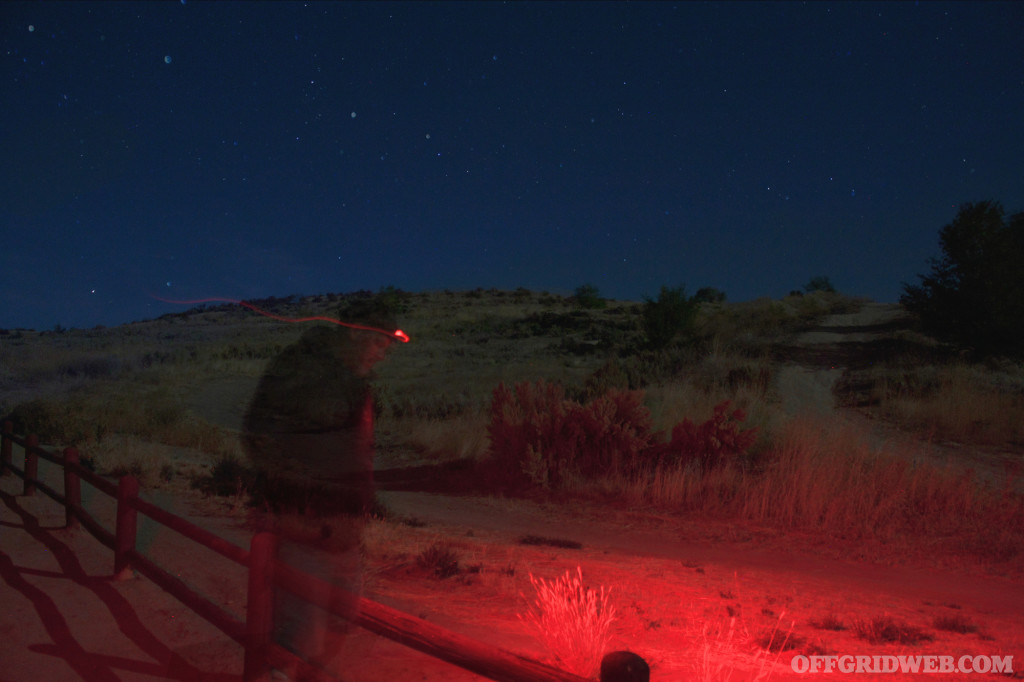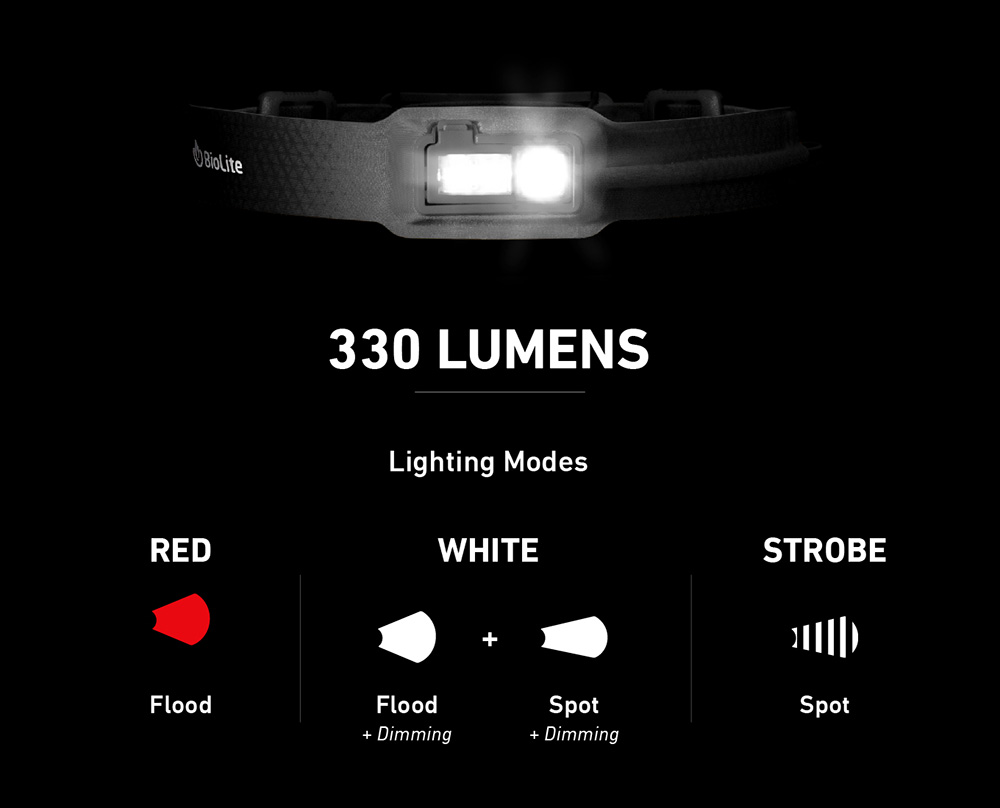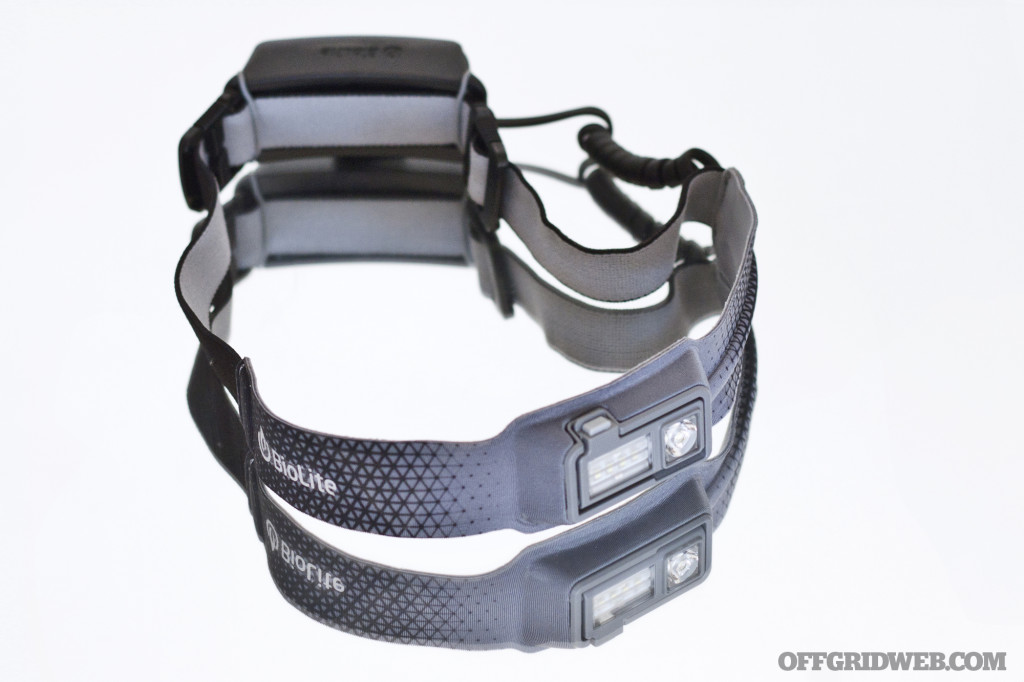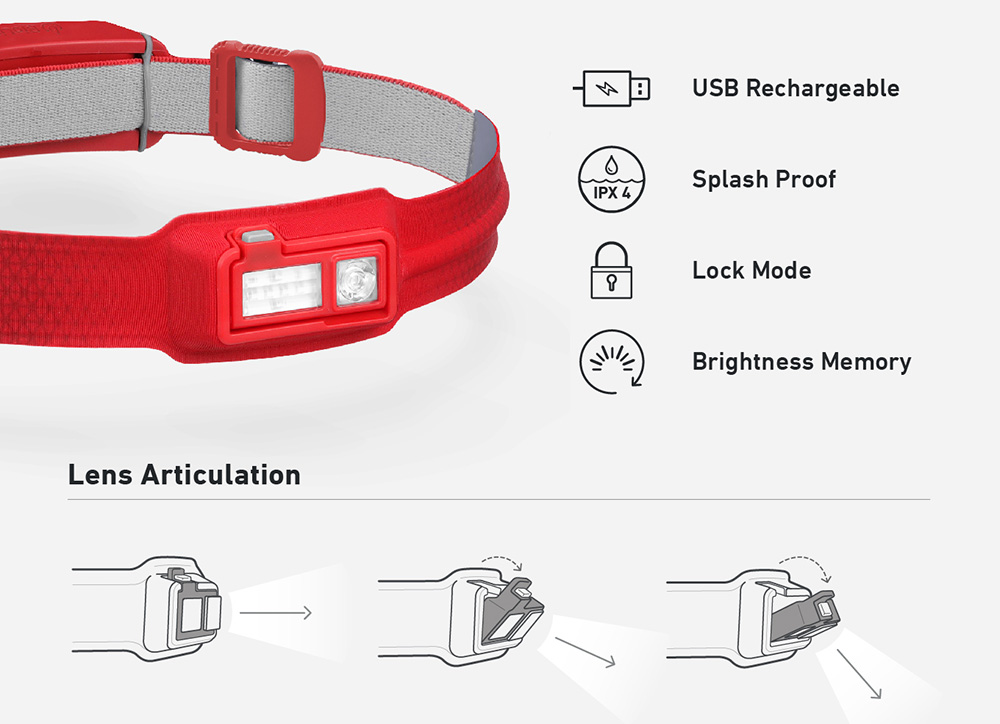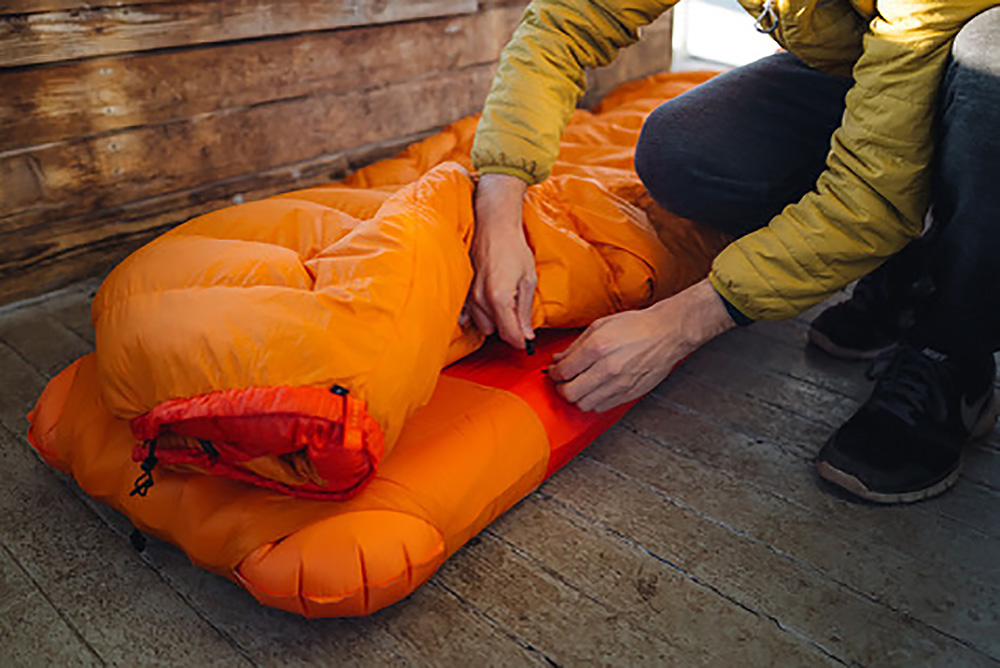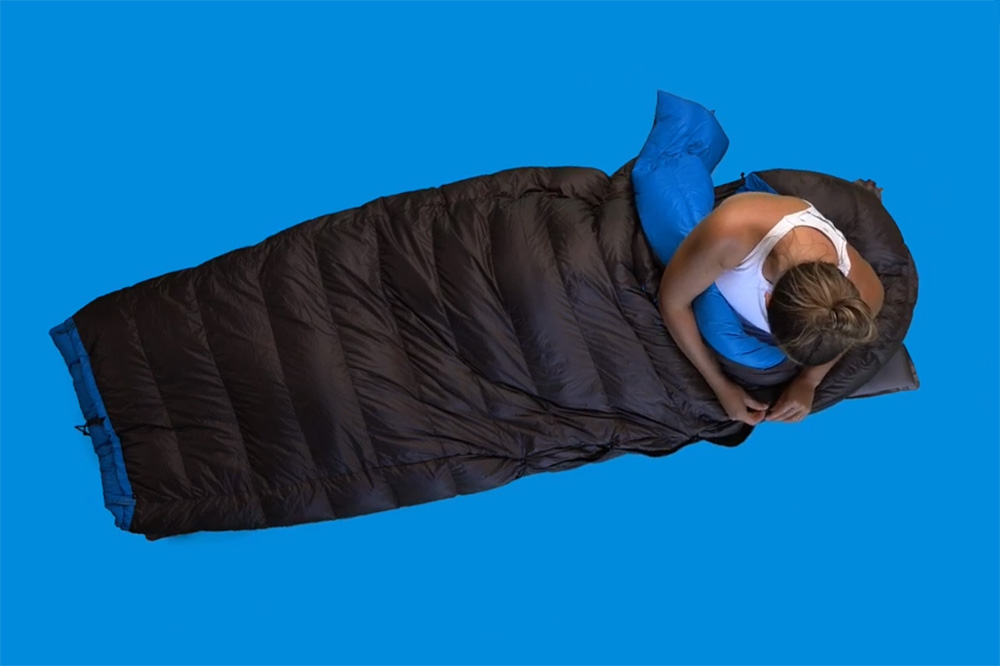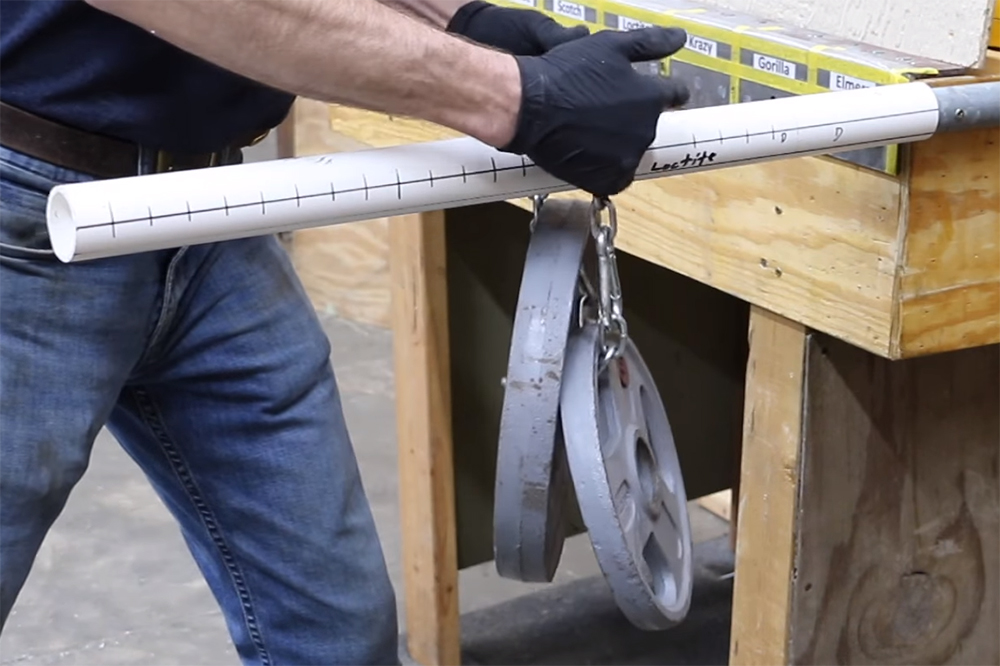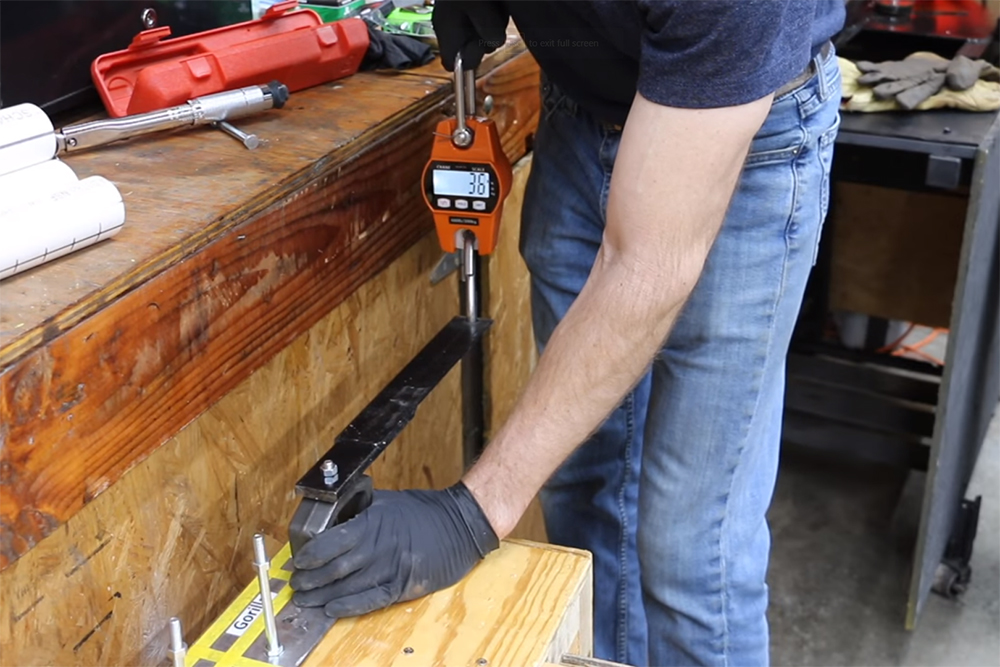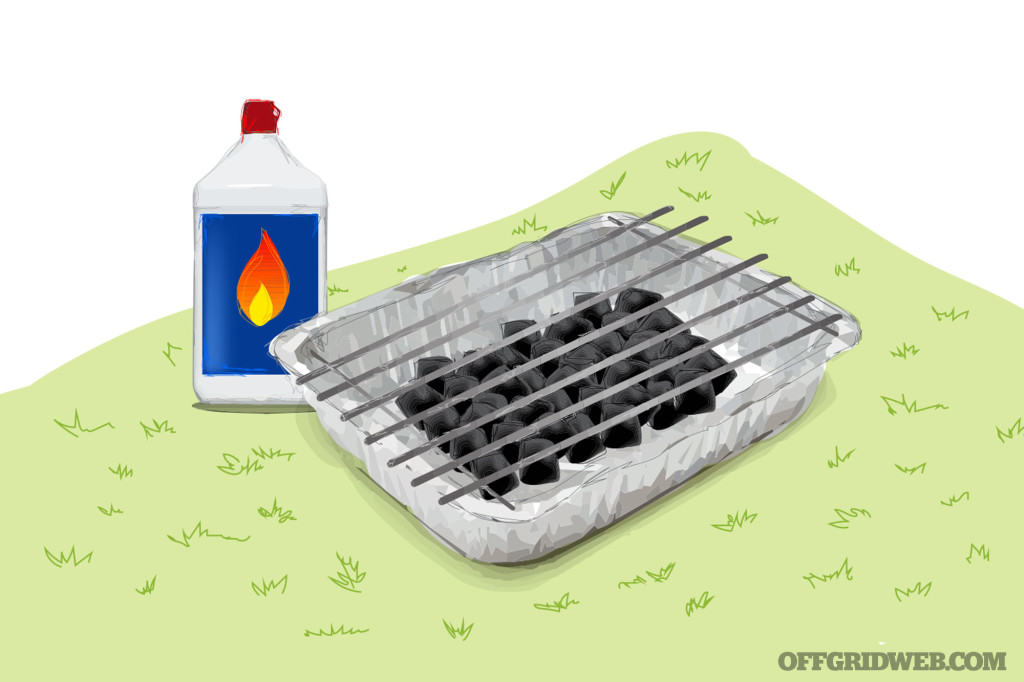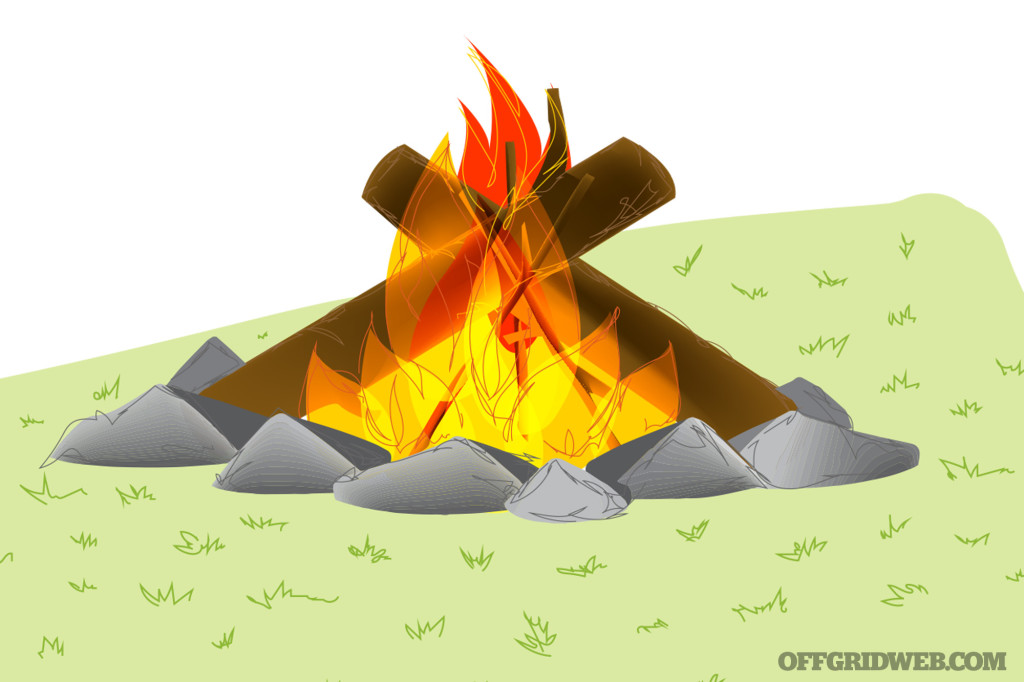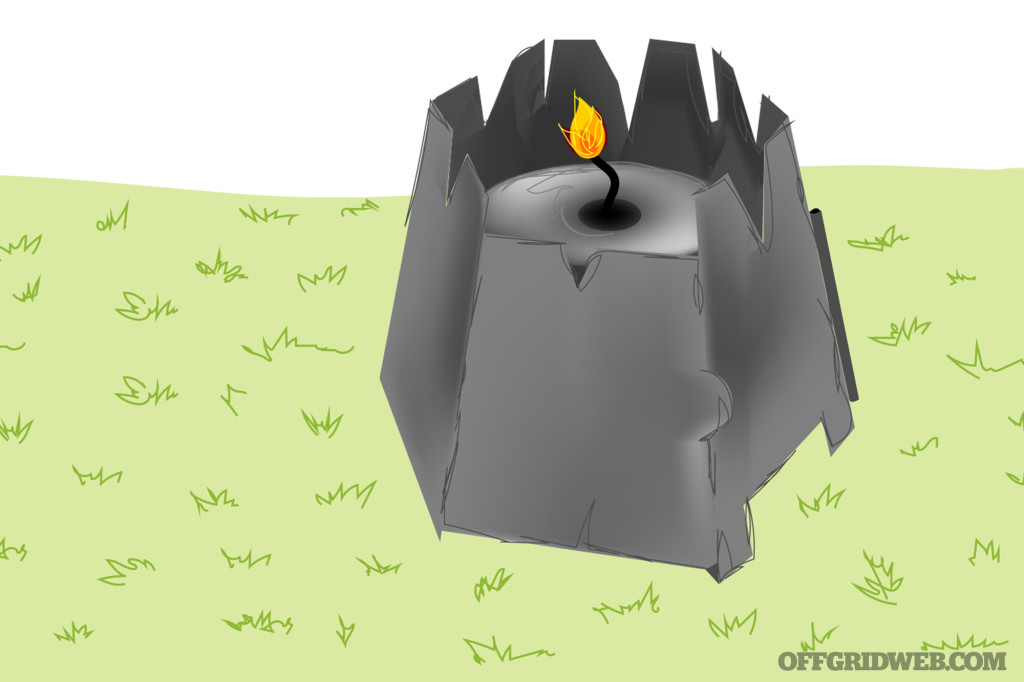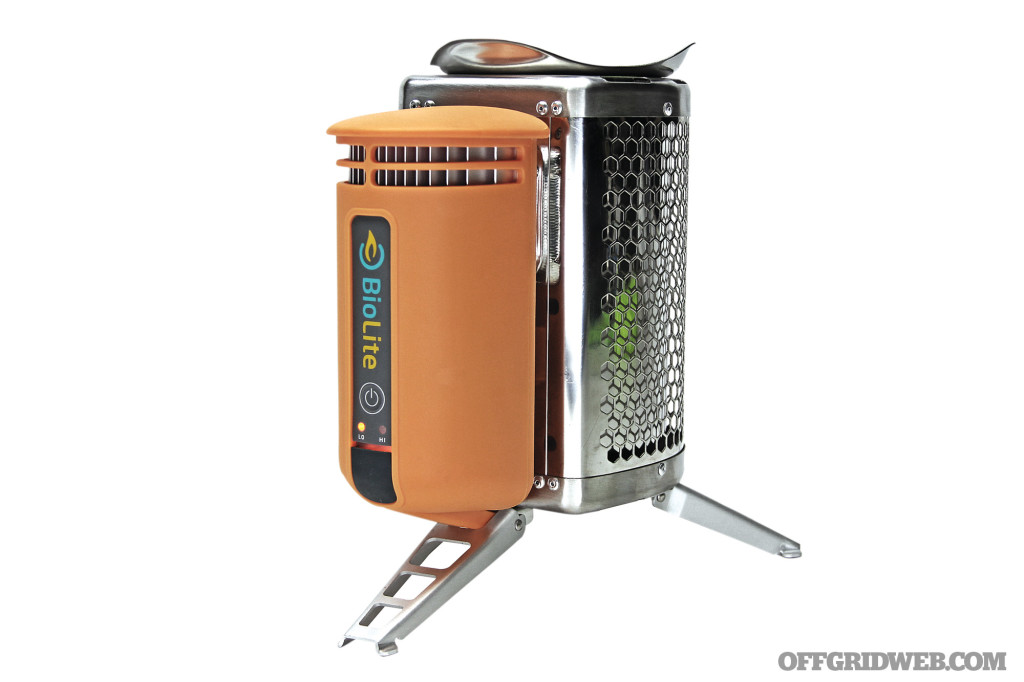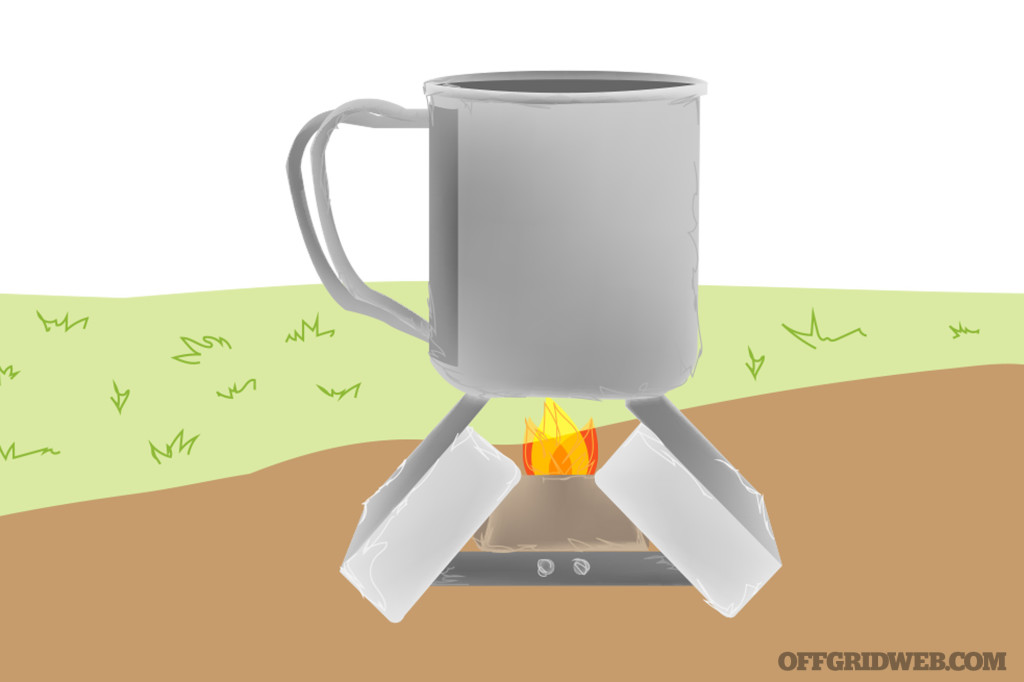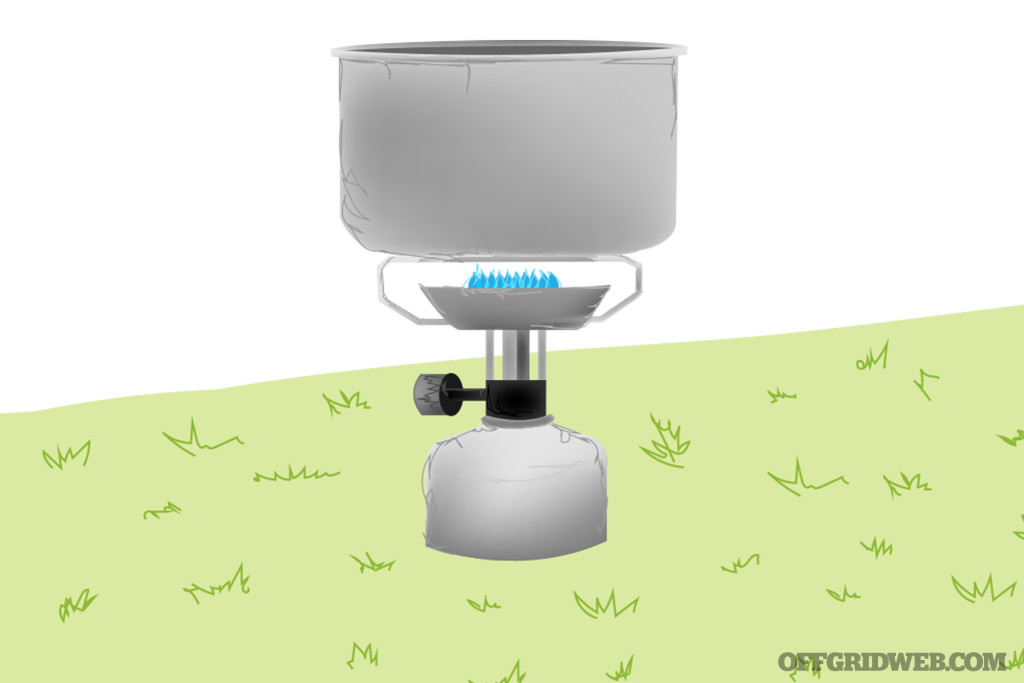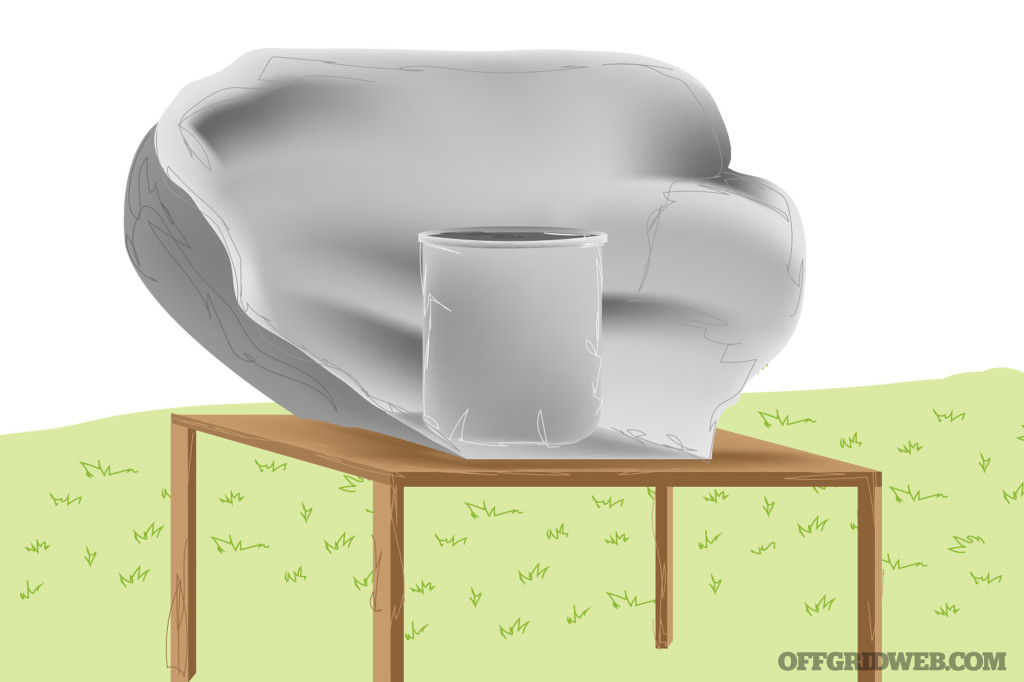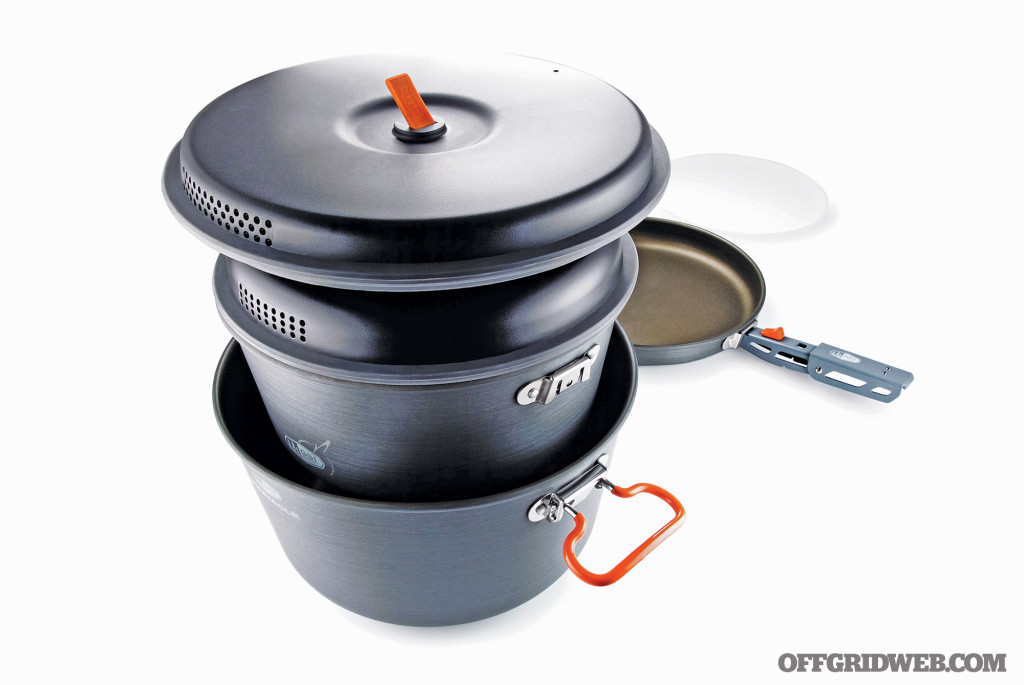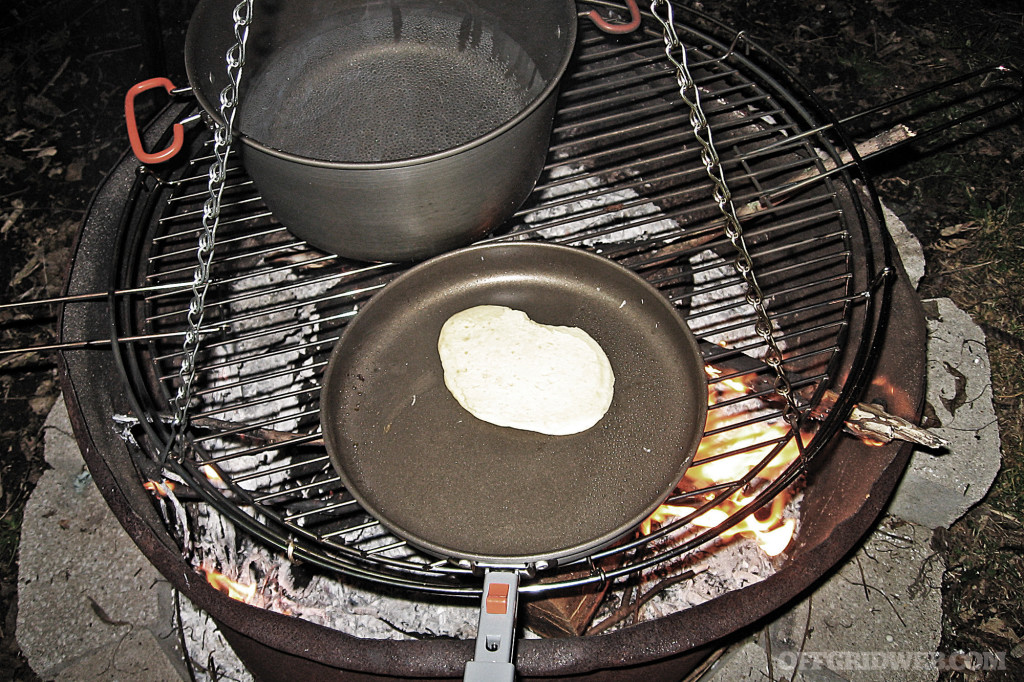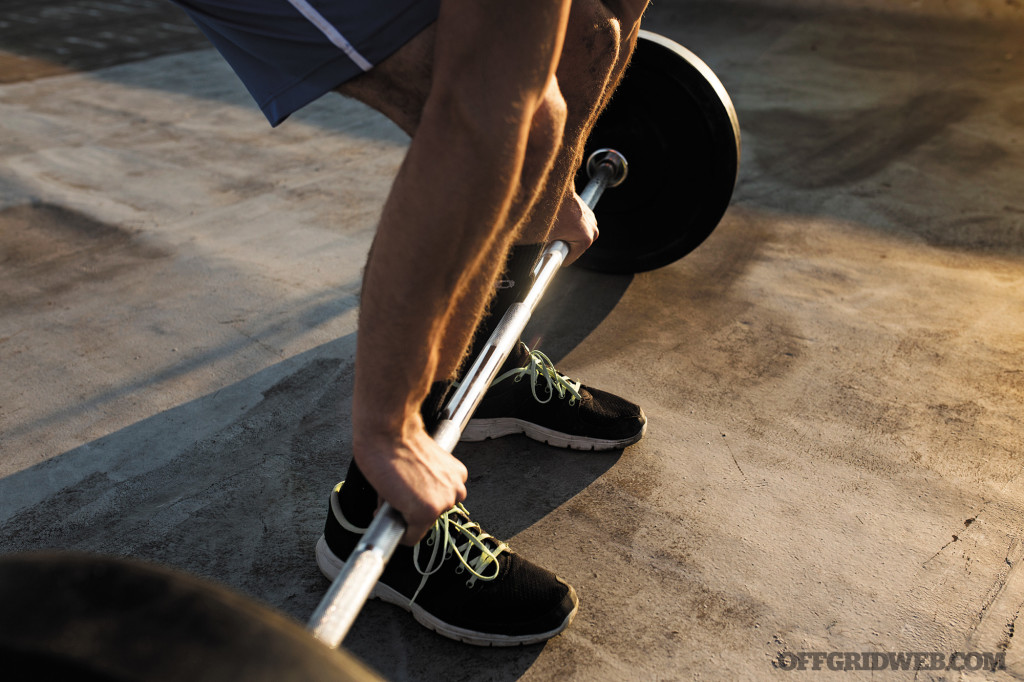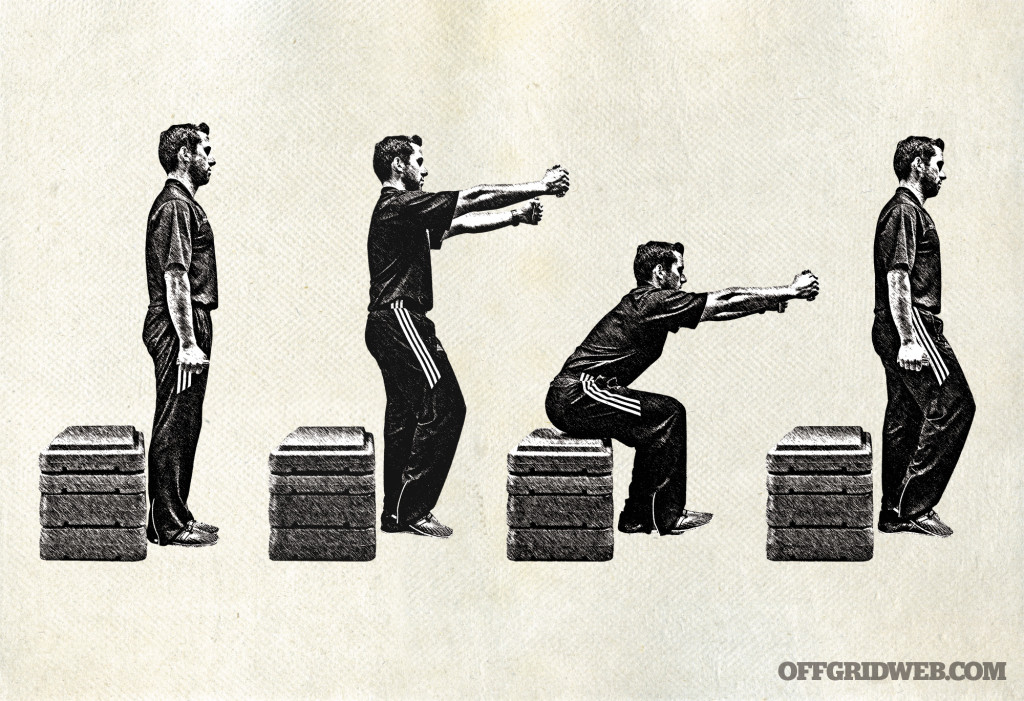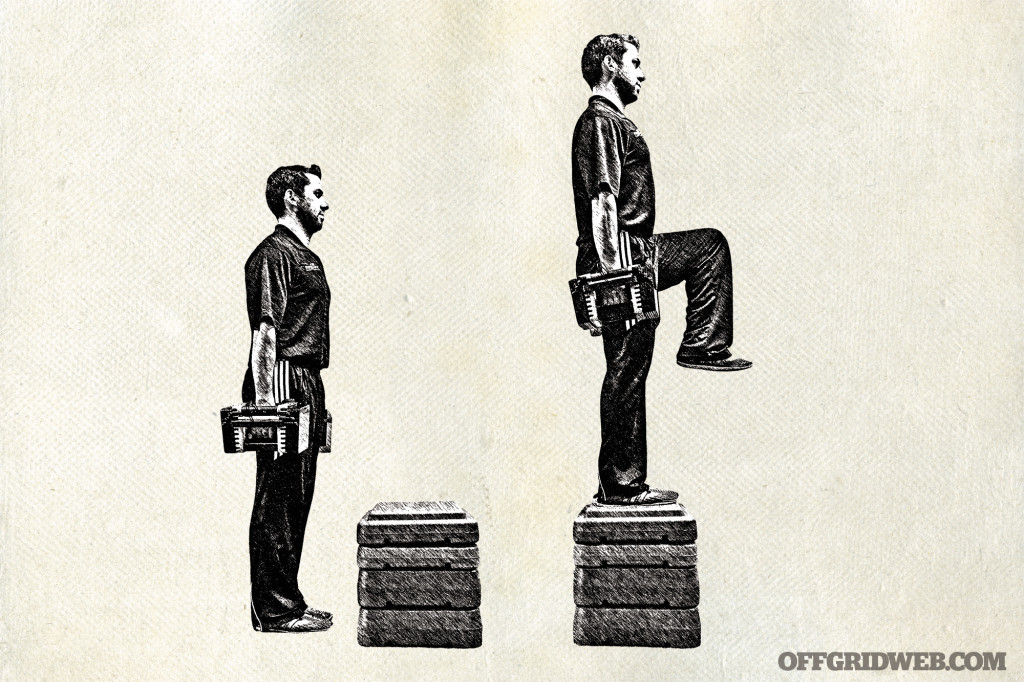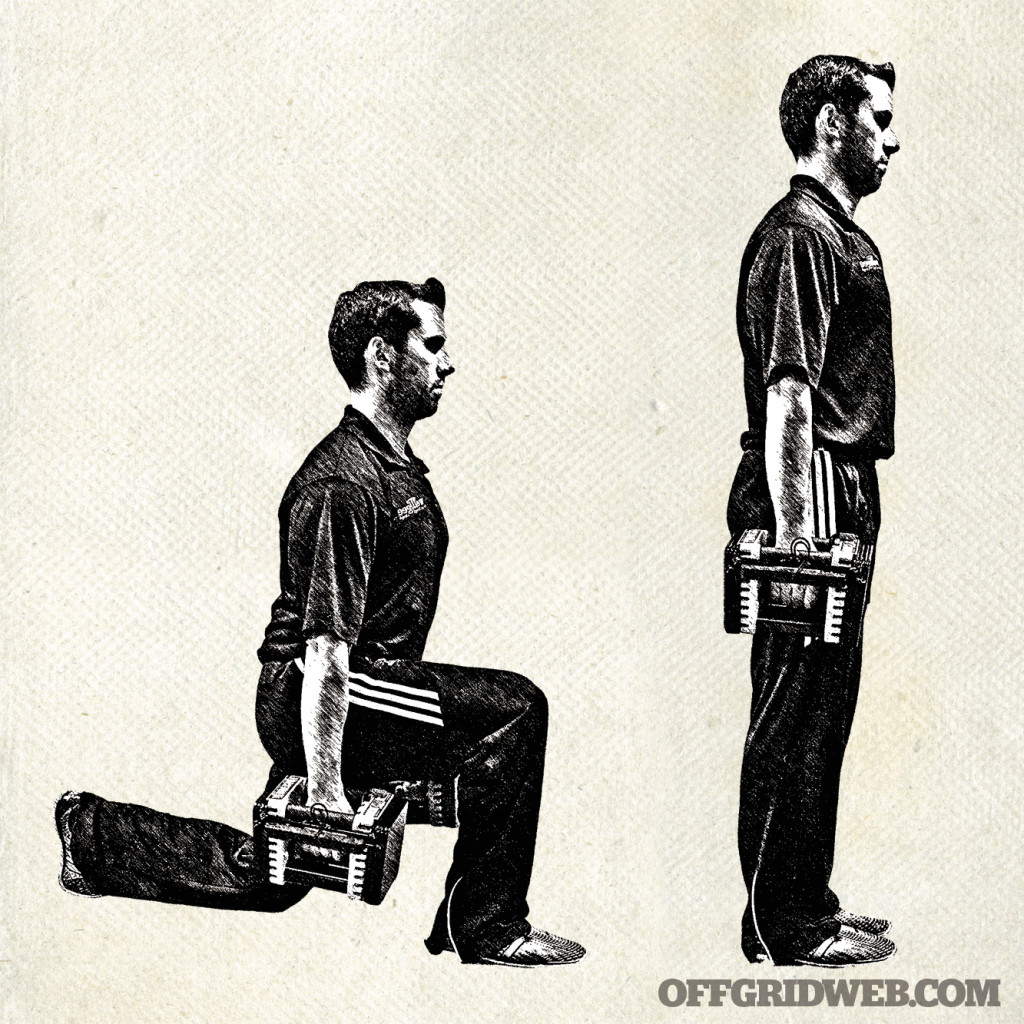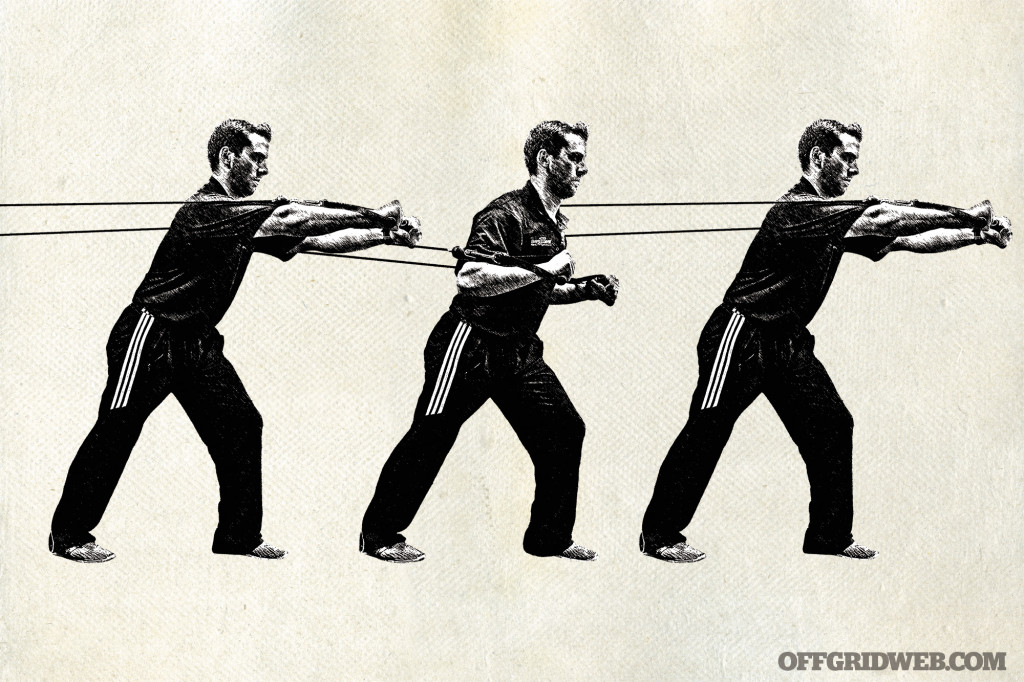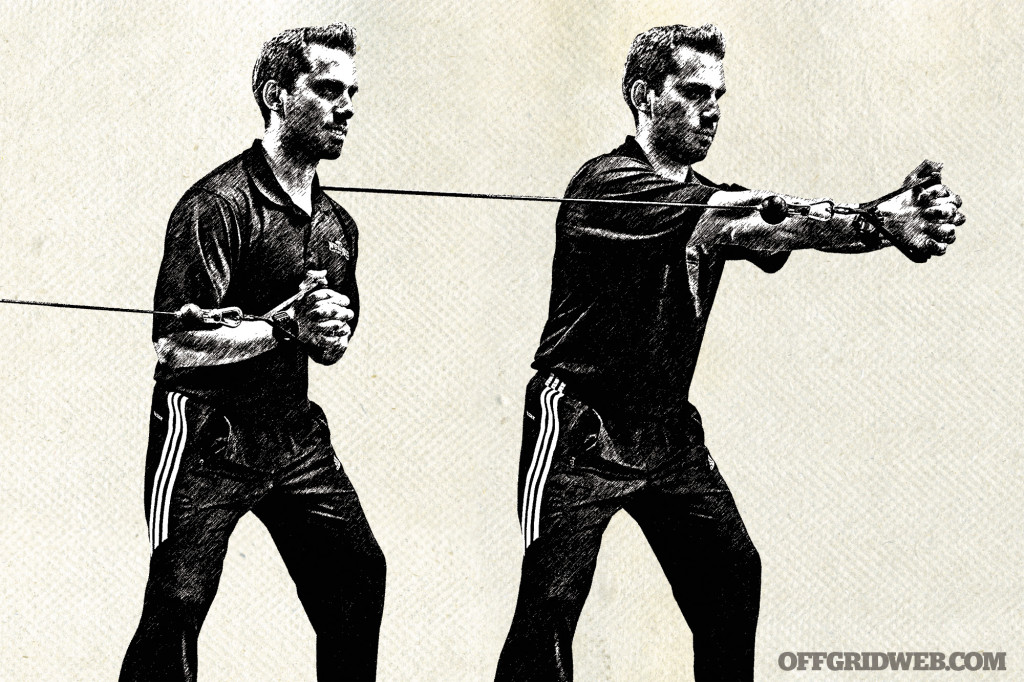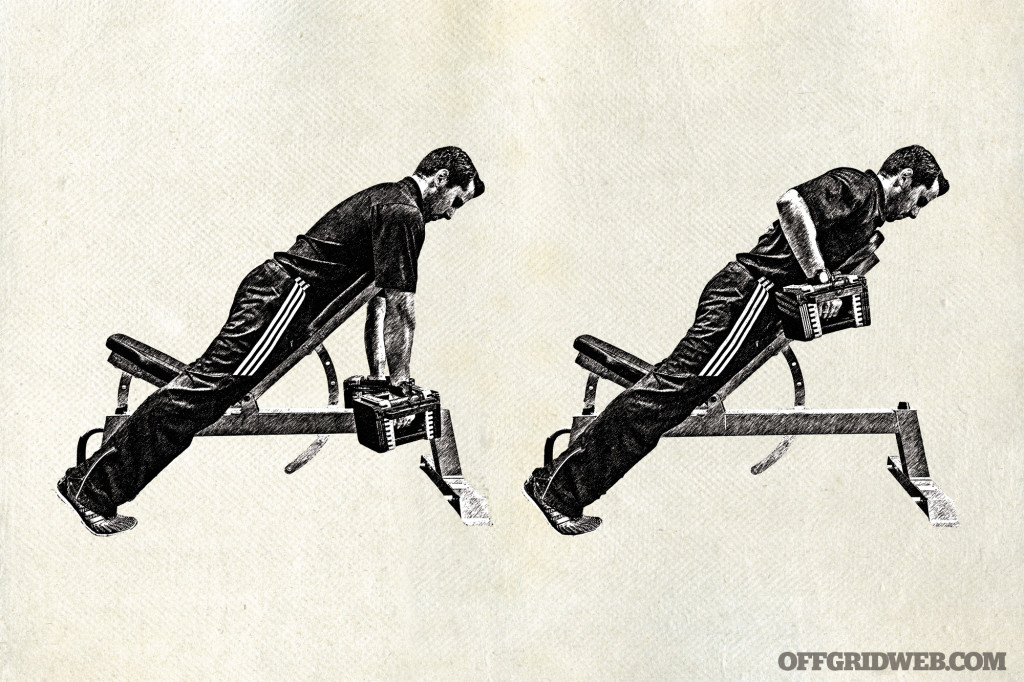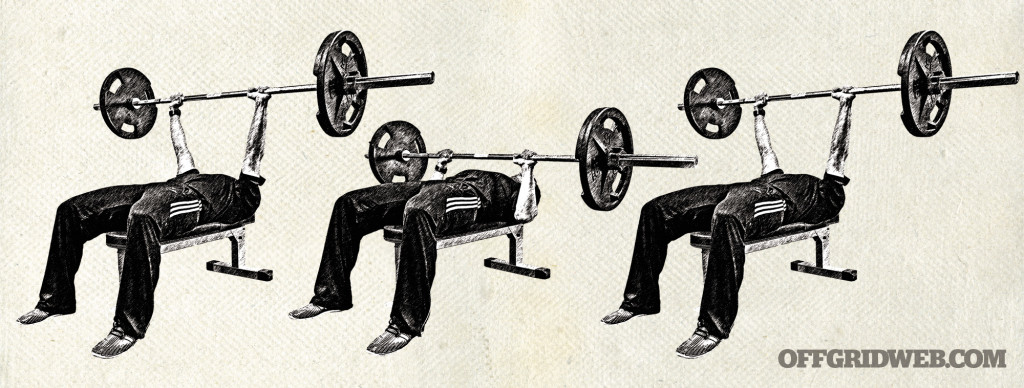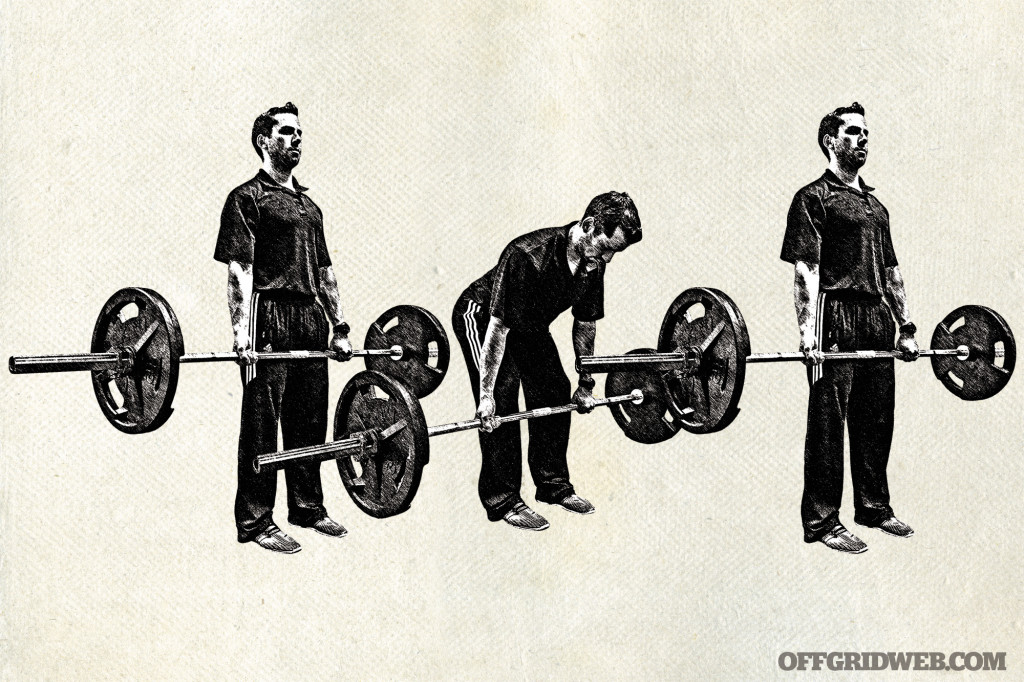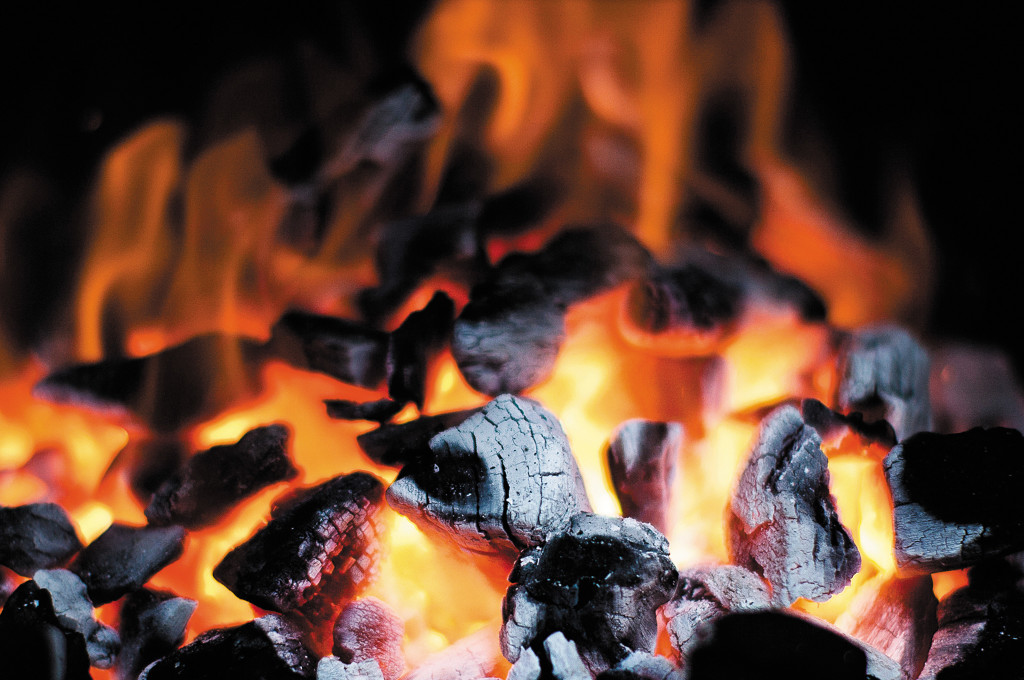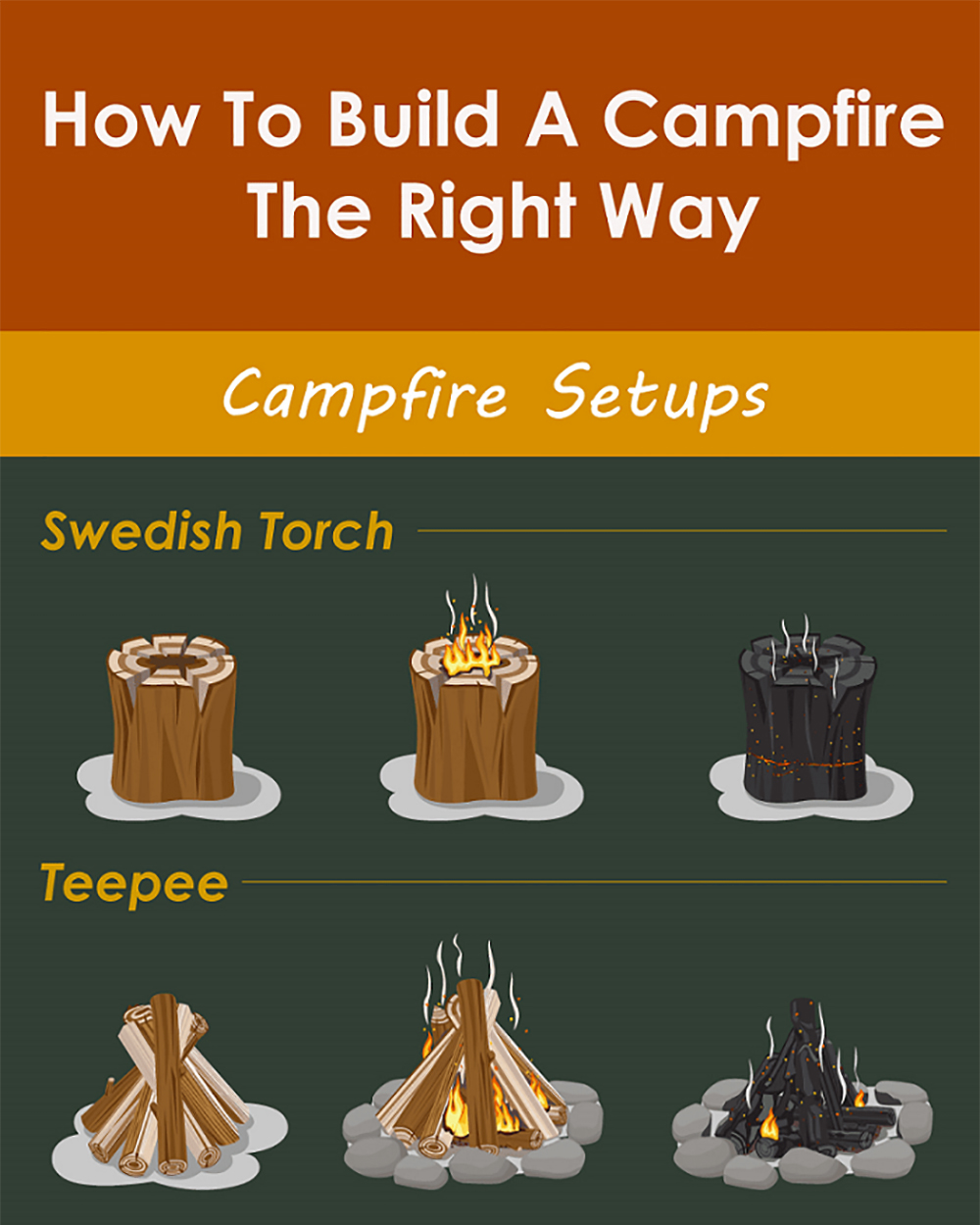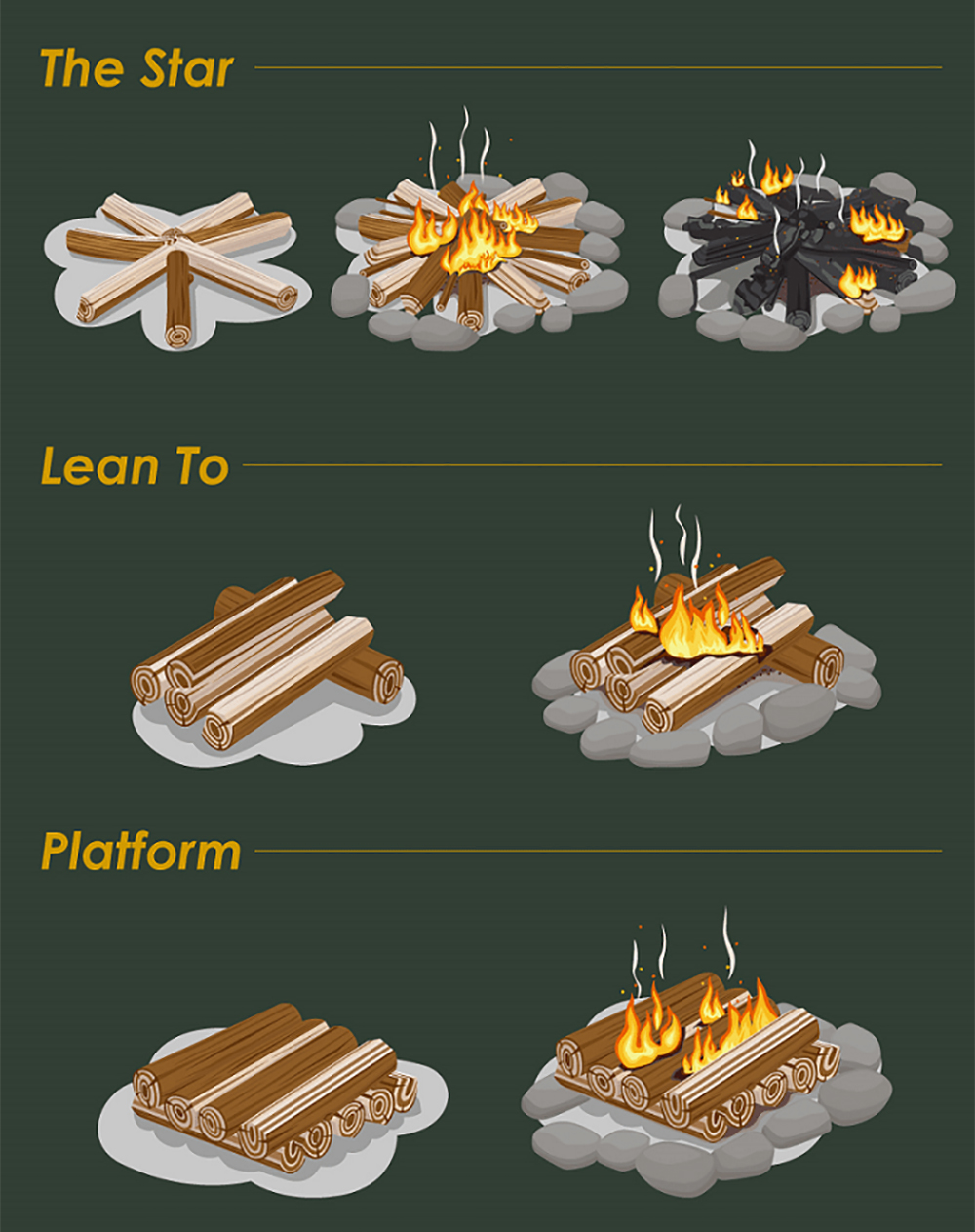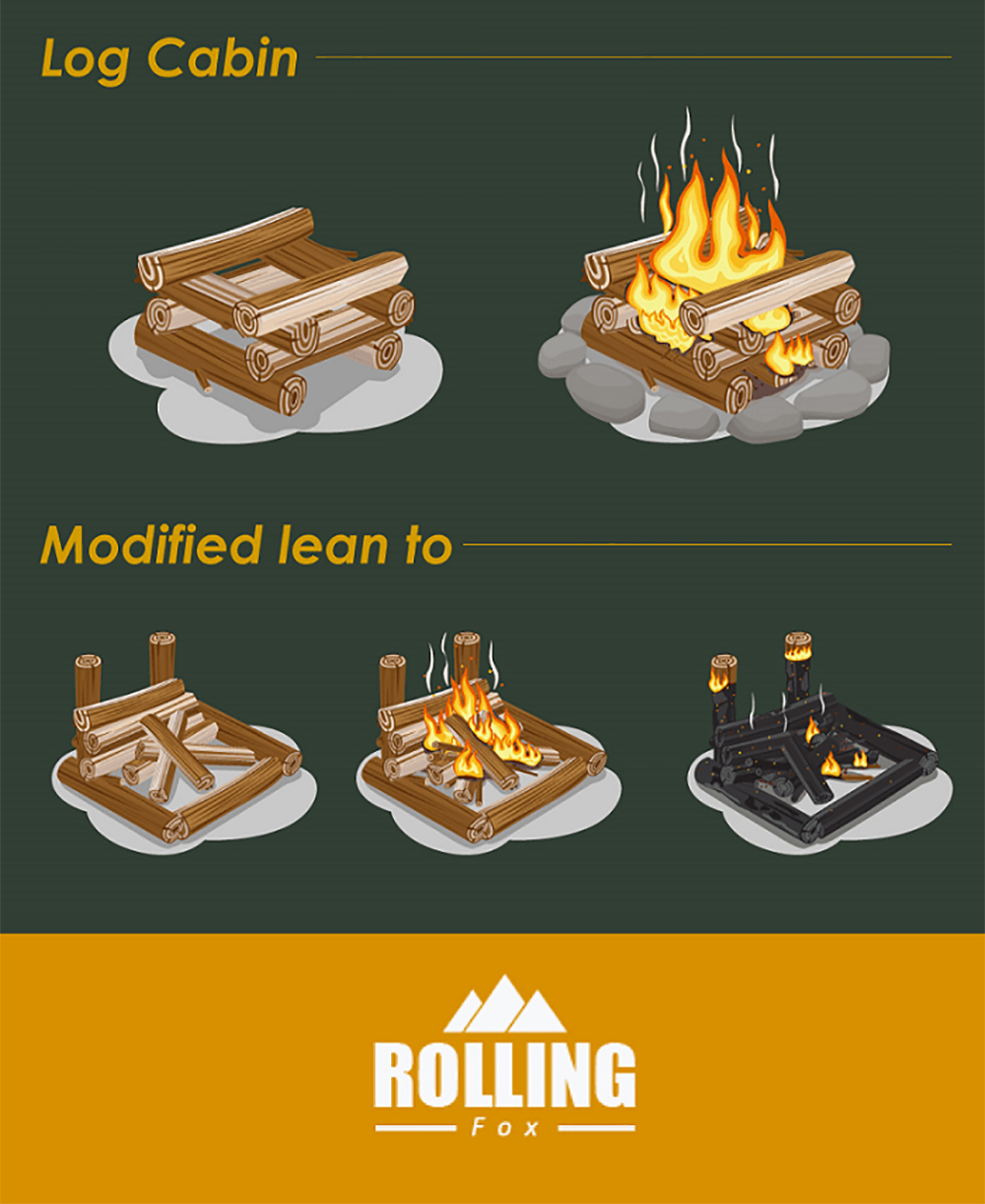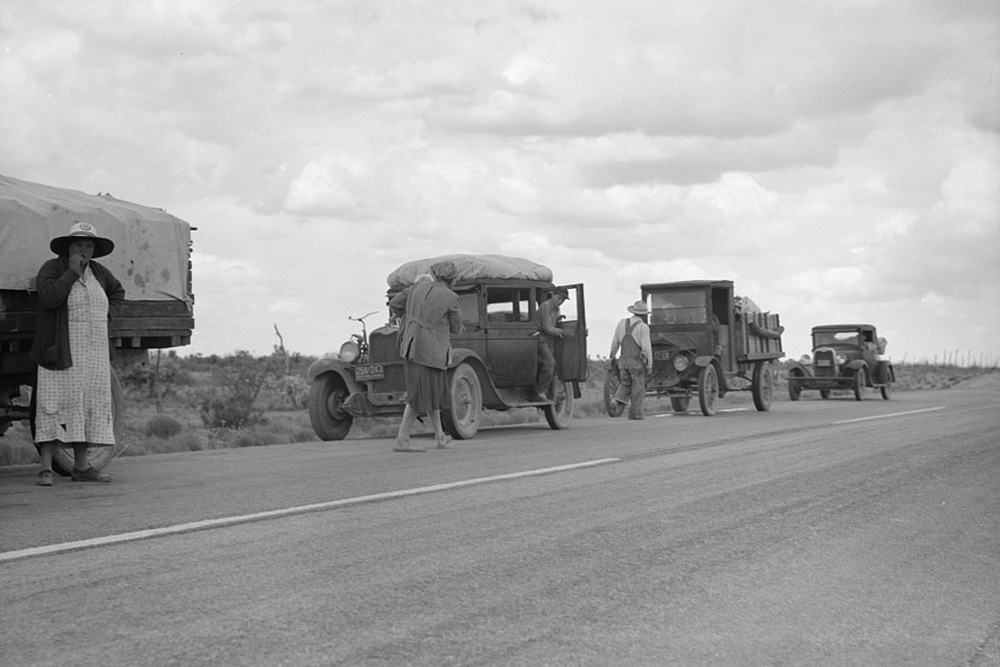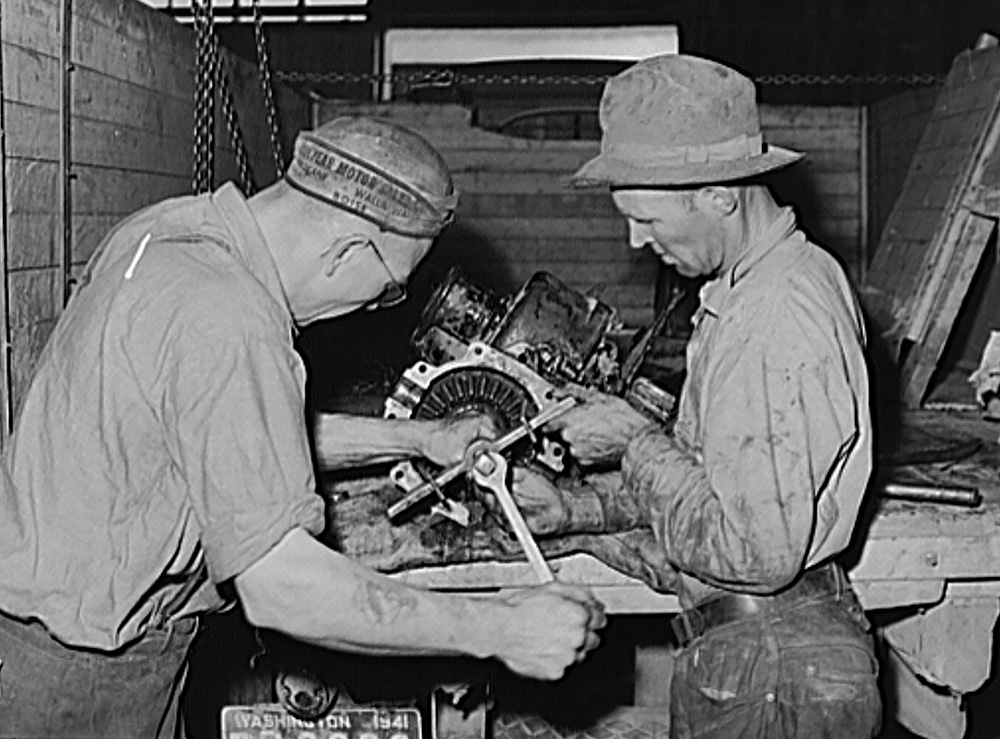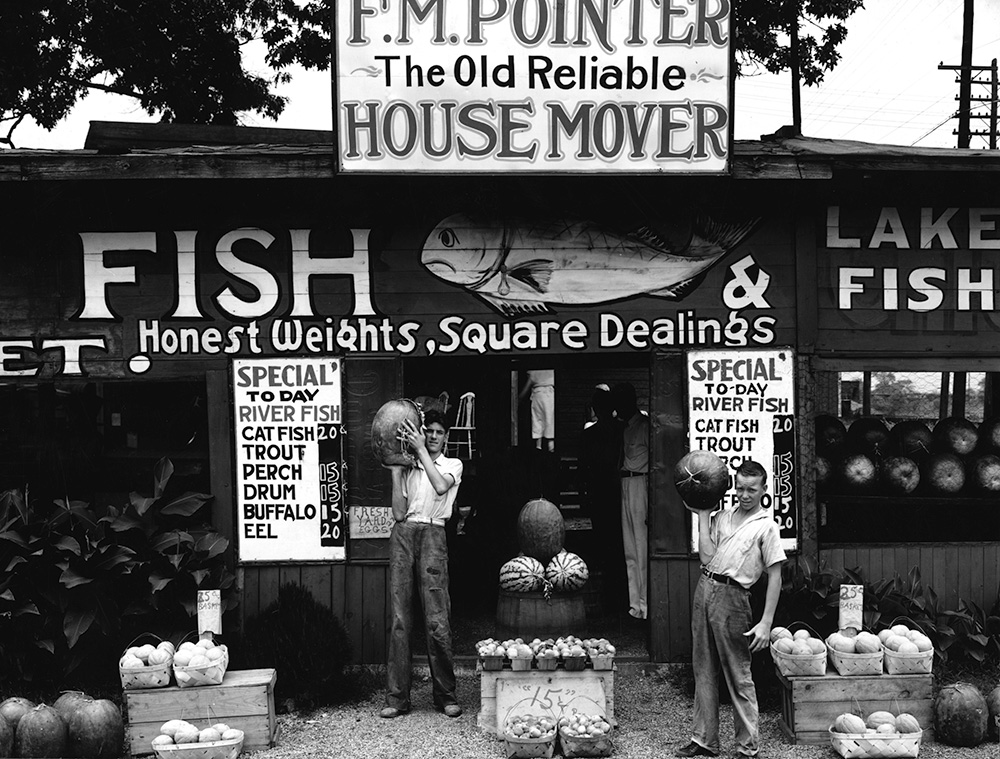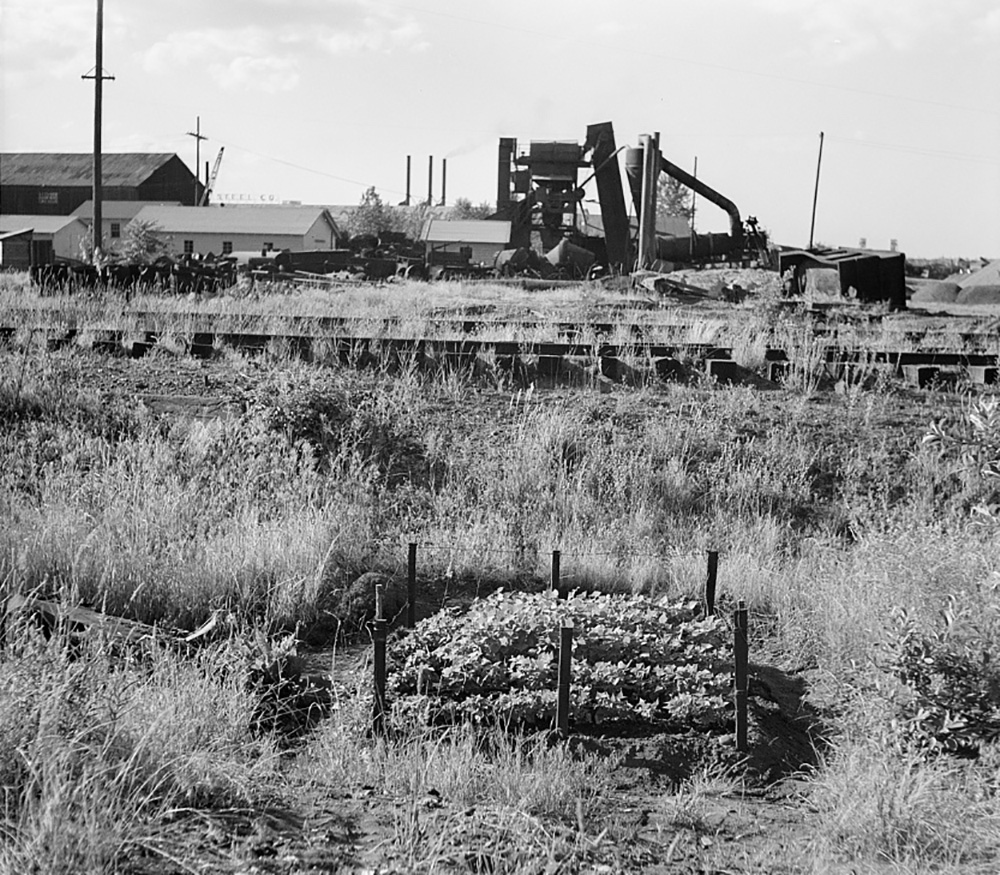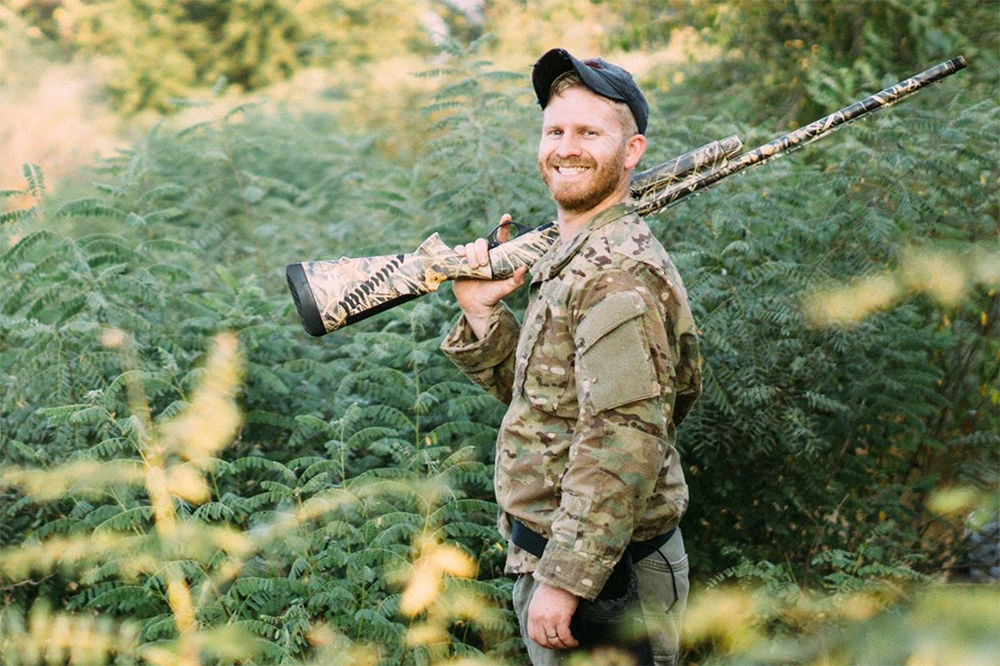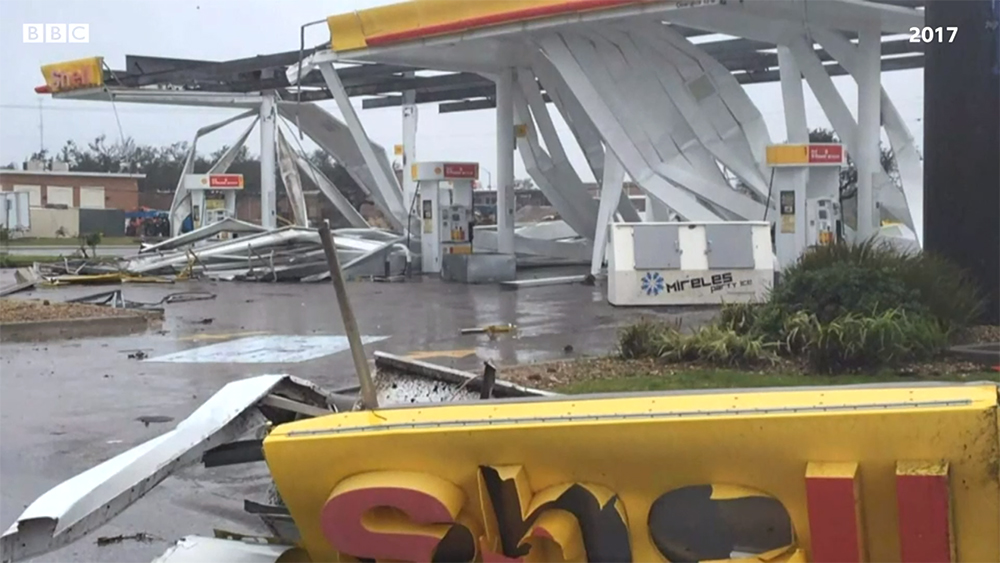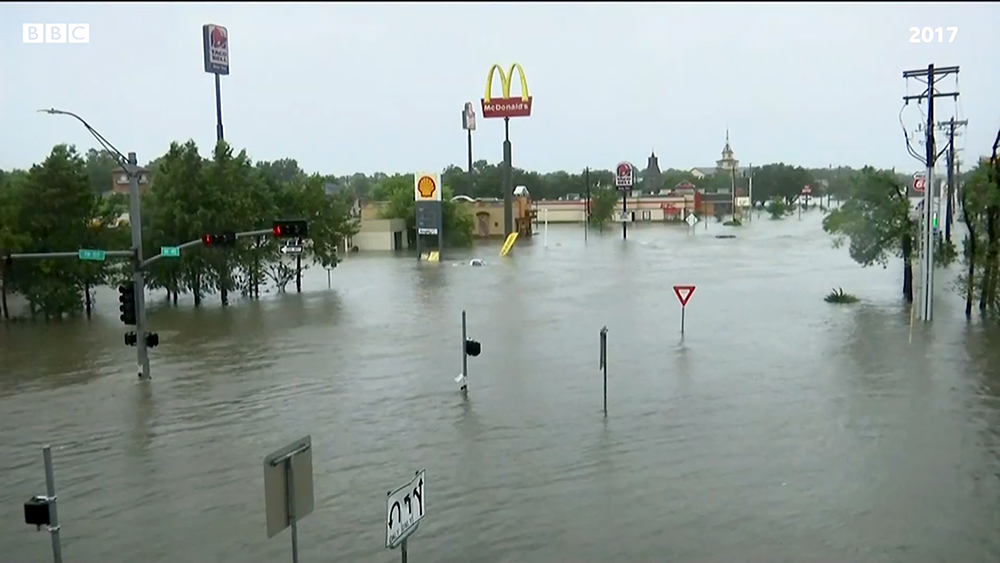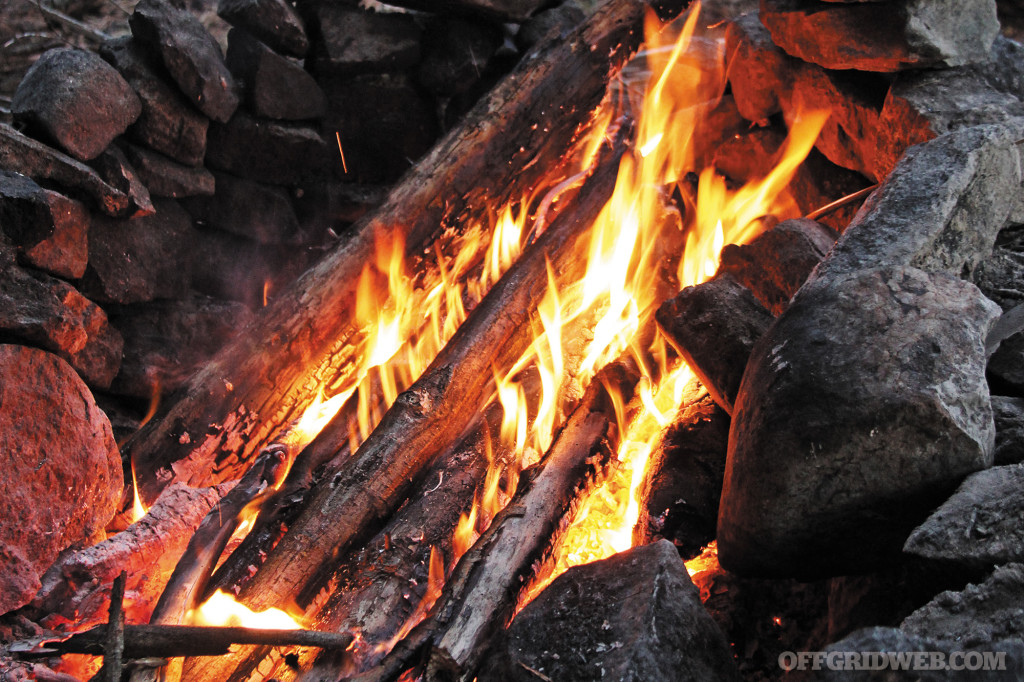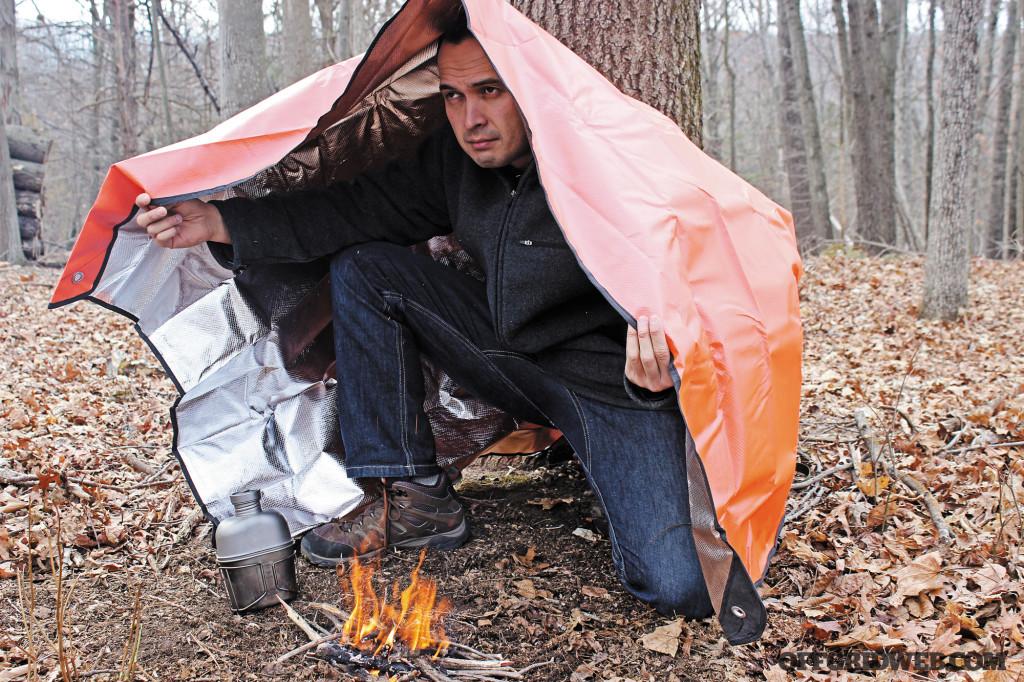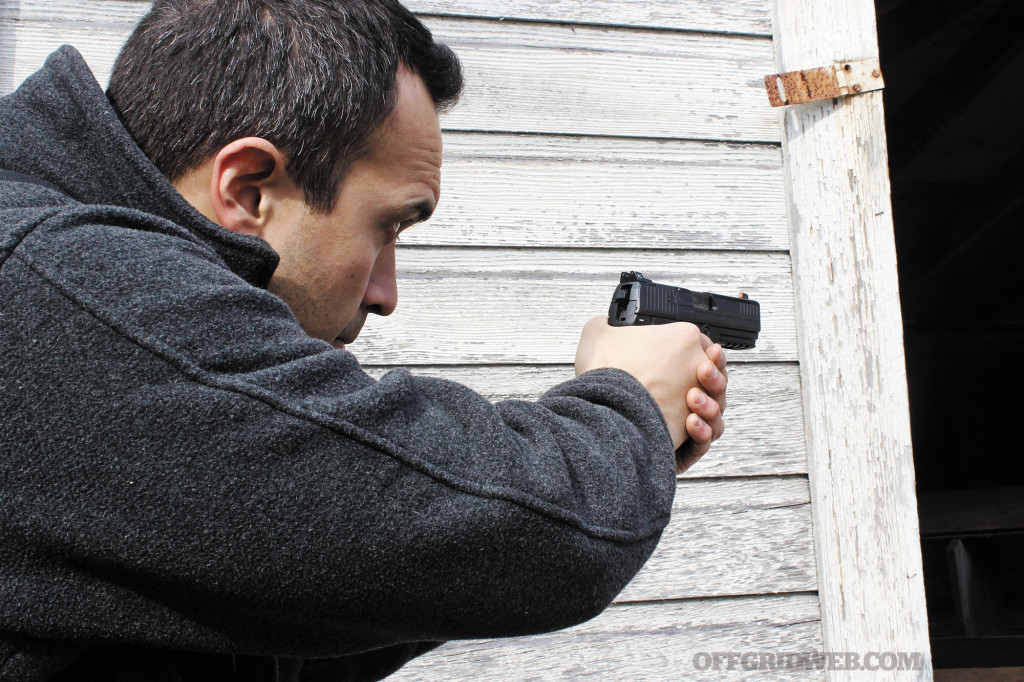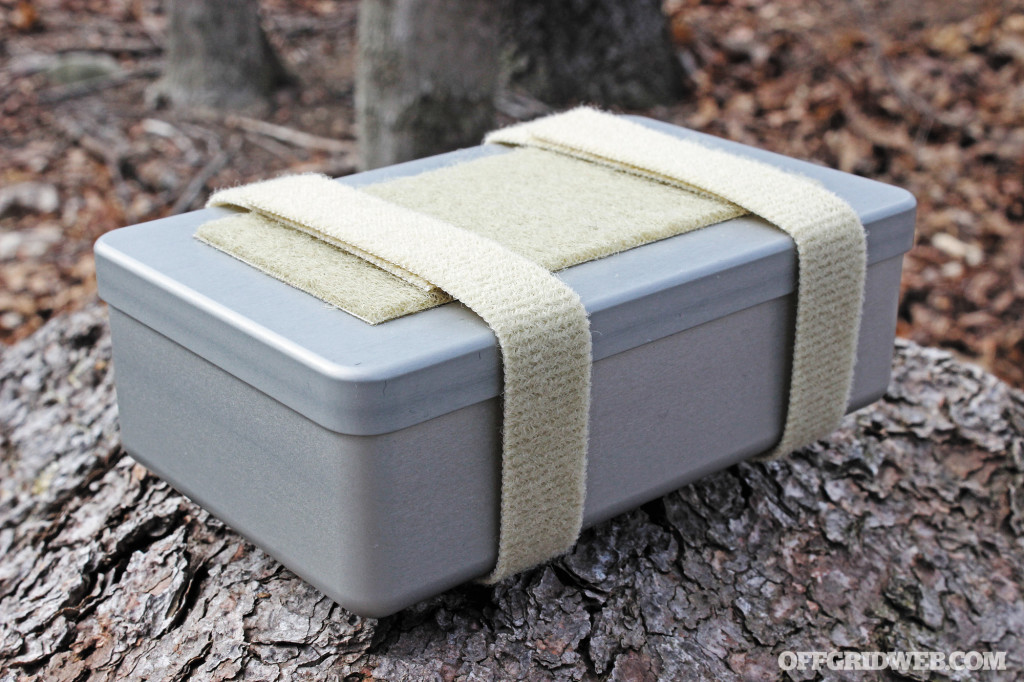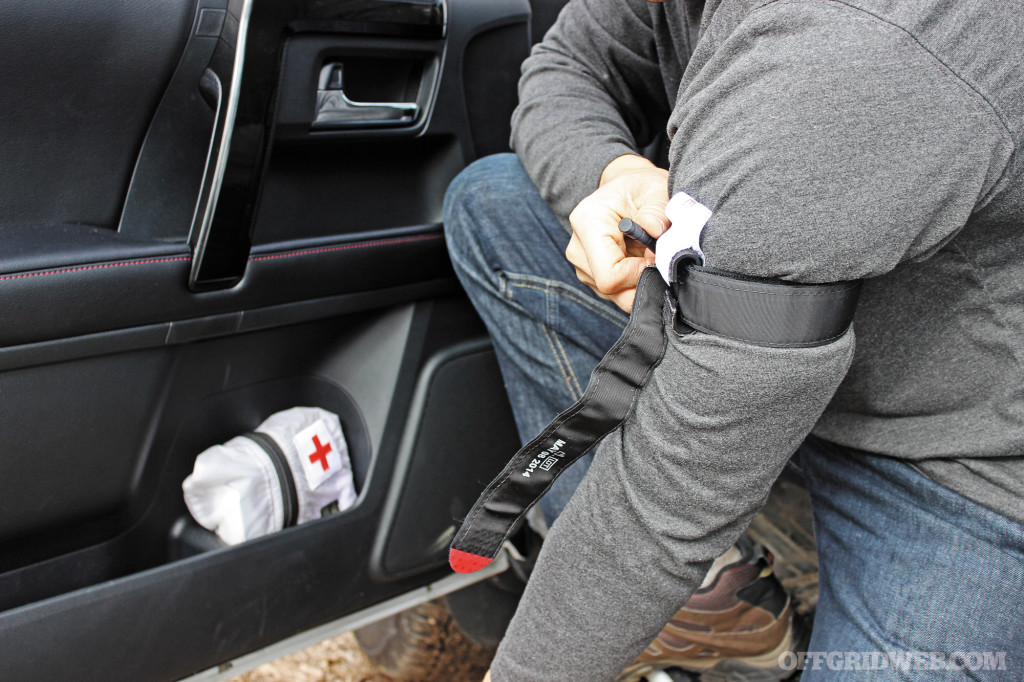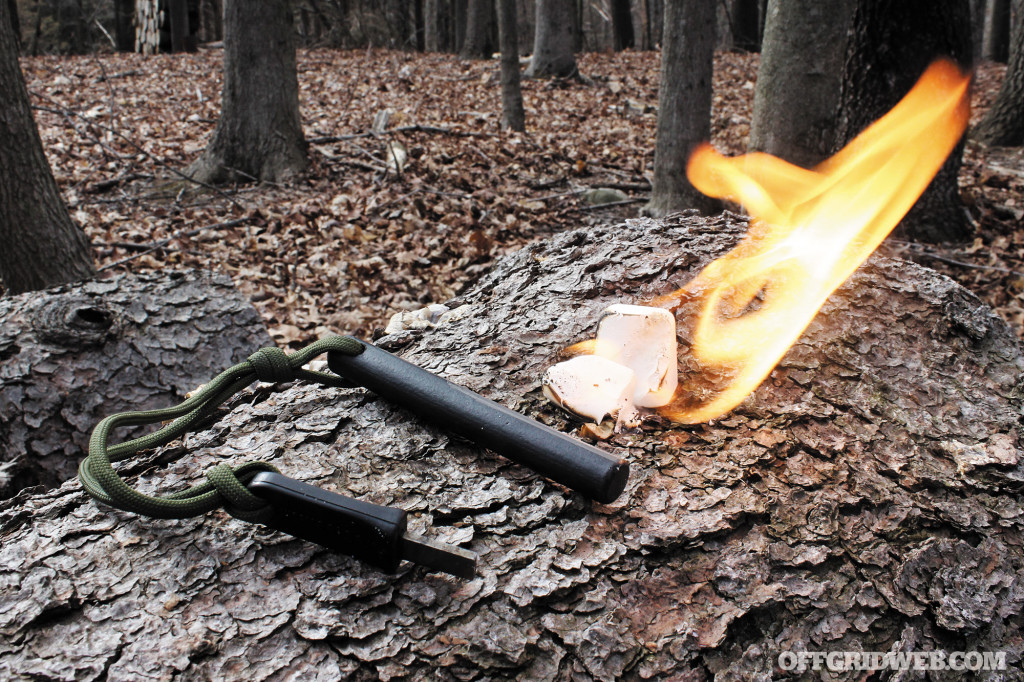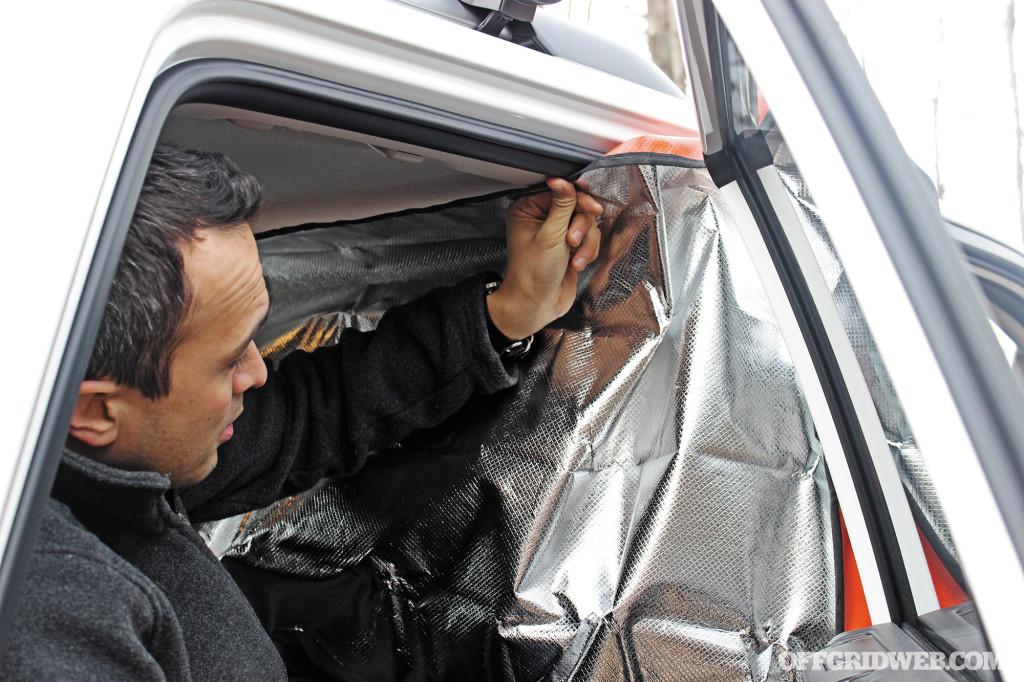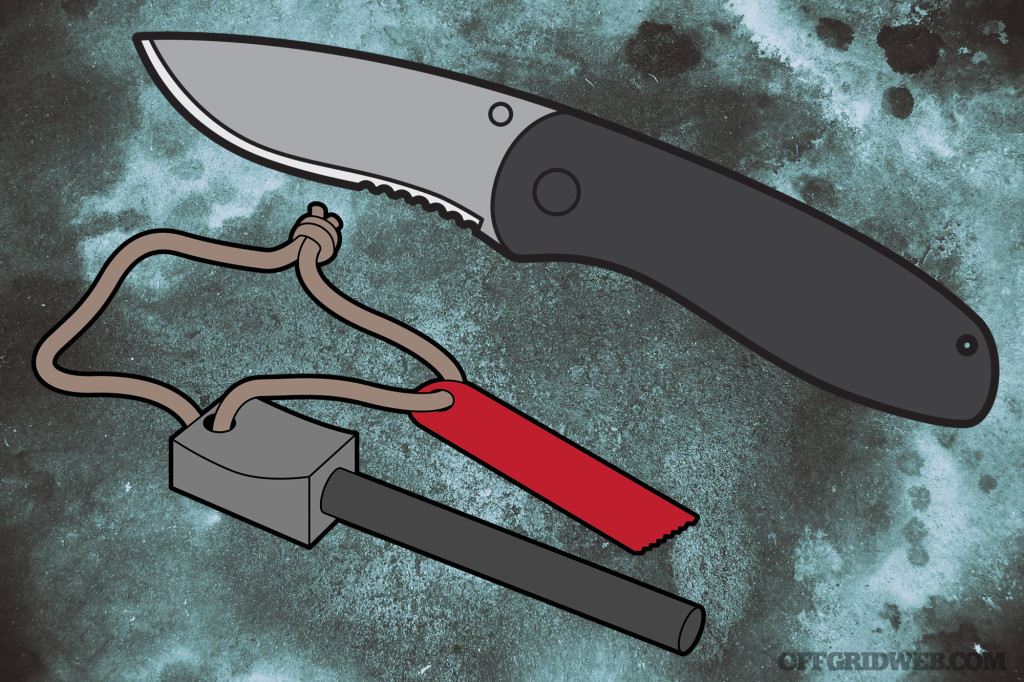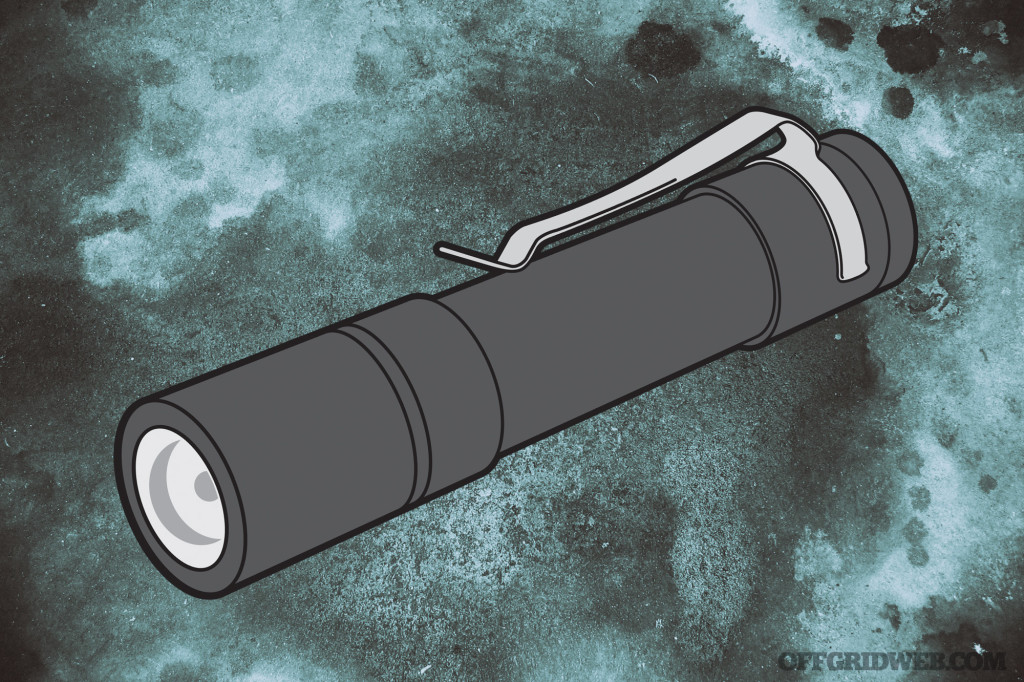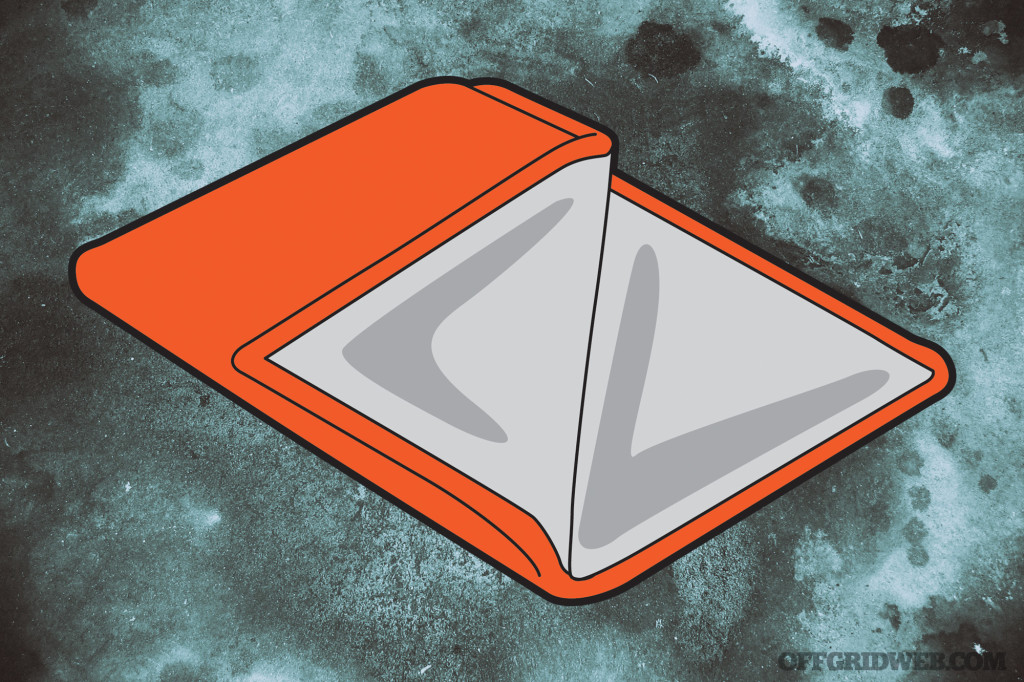A hurricane is the haymaker of sucker-punches; nature’s fist of fury. Starting low, loose, and below the belt, it loops upward and lands in an arcing trajectory with enough force to take off your head. At worst, winds and waters combine for a one-two punch that leaves you for dead in a blind alley — Hurricane Alley.
Can you take the hit? Will you be caught flat-footed? Survival for you and loved ones may depend on developing the ability to stay aware and stay prepped prior to and during the six-month Atlantic hurricane season. It runs June through November, when hurricane eye walls narrow into deadly killing funnels, with nice sounding names like Florence, Harvey, and Katrina.
To learn how to prepare for and move (or not) before, during, and after a hurricane, we look at hurricane formation, what’s new in tropic storm survival techniques, and what might be called the hurricane mindset. By developing what we call the “eye for an eye,” you reduce the probability that you’ll end up posting a cardboard sign on your roof reading, “Rescue Us!”
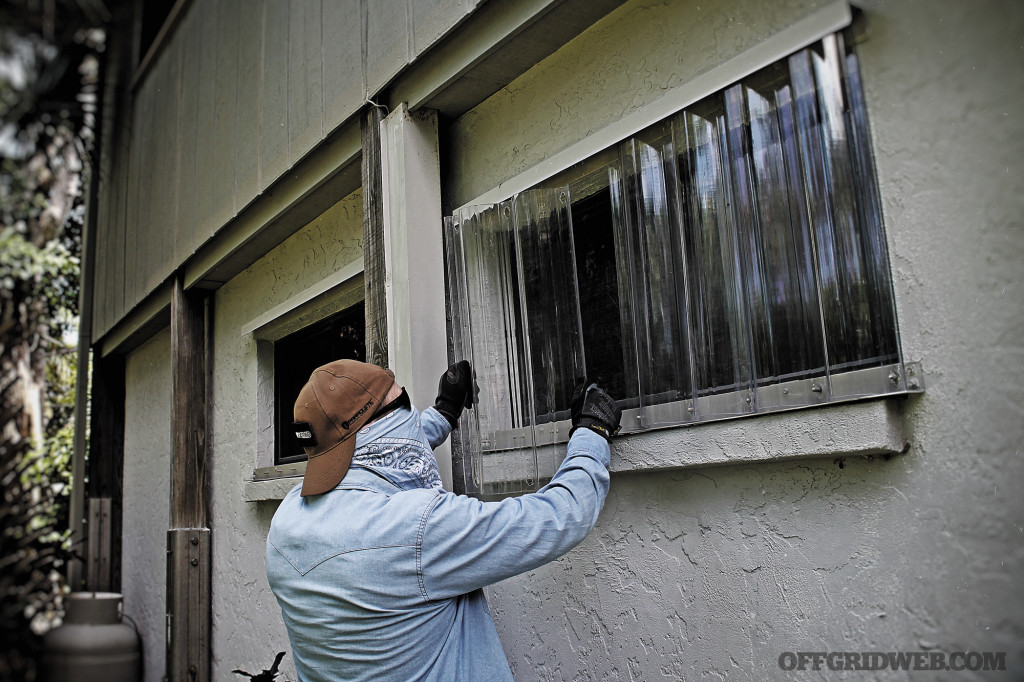
Above: Before the hurricane winds make this task impossible, install high-impact plastic window coverings and aluminum-door coverings, using pre-installed aluminum channels above and below the door with wing nut anchors. A 4×8 sheet of plywood is a sail when climbing a ladder and has sent many last-minute preppers airborne.
Hurricane Mindset
For 2016, disaster planning officials say the No. 1 public danger during hurricane season is the same vulnerability evident years after the September 11 terrorist attacks: complacency. Just as the warnings of a global jihadist movement may be dismissed at our own peril, disaster officials say ignoring the threat of widespread yet unpredictable hurricanes is to woefully turn a blind eye to the inevitable.
The key: prepare intelligently and show a little respect. Hurricane mindset takes the long view, recognizing that almost one-third of hurricanes historically reach major strength. Envision a hurricane up close and personal and plan or practice moves prior to threats becoming real. Get in the zone now so you won’t zone out later.

’Cane Patch
A hurricane is a tropical cyclone formed over the Atlantic Ocean or eastern Pacific Ocean, sometimes referred to around the world as typhoons or tropical cyclones. Hurricane strength refers to a tropical cyclone with defined circular winds of Force 12 on the Beaufort Wind Scale, equal to or exceeding 64 knots (74 mph or 119 kph), accompanied by rain, lightning, and possible storm surge even before making landfall.
Atlantic hurricane formation occurs in four stages, requiring warm moist air for fuel, a surface temperature of 80 degrees F to a depth of about 50 meters (165 feet), combined with warm westward winds from Africa. Winds lift water vapor upward, condensing into cumulonimbus cloud towers. This causes heat to release into the air and to form a circulating wind pattern, producing a cluster of thunderstorm clouds called a tropical disturbance.
In stage two, winds within the cloud column increase in a circular motion, reaching speeds of 25 to 38 mph. Once wind speeds hit 39 mph and twist around the eye (counterclockwise in the northern hemisphere and clockwise in the southern hemisphere), it enters stage three. This is when the tropical storm gets named by the World Meteorological Organization.
Stage four occurs when wind speeds hit 74 mph. Here, the hurricane is at least 50,000 feet high and 125 miles across, with an eye that’s 5 to 30 miles wide. In 2004, Hurricane Charley covered Florida, coast to coast, and its eye crushed Charlotte Harbor with 100-mph winds.
A Five-Step Approach
This year you don’t have to make that midnight run to Walmart and enter the shopping cart demolition derby. In hurricane season, forewarned is forearmed. The five-step plan below launches any time of year based on risk, lifestyle, and construction budget. Some common denominators apply fairly consistently among single- and multi-family homes, offices, or even while traveling on vacation or a business trip.
1. Determine your risk and tolerance
For coastal and inland residents alike, this is a rapid, research-based phase using existing flood zone mapping available from local, state, and federal agencies for your home, school, or business property. Start with the FEMA flood and storm surge mapping, then zero in using state and county water management or flood control districts. Cross-reference with emergency planning information for all family work locations.
This baseline info can drive decisions from insurance policies to safe-room construction. Evaluate the threat, vulnerability, and availability of utilities, law enforcement, emergency medical response, hospital access, potential impassable roadways, and any other obstacles — including criminal activity like trespassing — that may influence your decision matrix during changing conditions. Identify key players and actions needed for information, including the availability of hurricane home mitigation projects to reduce potential damage and possibly lower insurance rates.
Above: Garage doors easily collapse and cave during hurricane force winds, providing an open invitation for winds to pressure your internal home walls. Guard against this with a steel- grid-reinforced door.
2. Develop an evacuation/communications plan
This is tough, possibly requiring you to leave while the sun is still shining when ordered to do so, even when you want to shelter in place. Still, if the storm surges, or you’re ordered to leave, you should have a backup or alternate location. Run the drills, north, south, east, and west with your family (for when you’re home) or coworkers (for when you’re at the office). Establish contact points with relatives and make sure elderly relatives are on early evacuation lists, if they have special needs or are in assisted living facilities.
You should devise similar plans when on vacation. This author has twice experienced this in Monroe County (Florida Keys) when a knock on the motel door after check-in resulted in an early, same-day checkout. Don’t tune out local news and weather sources just because you clock out for a few days of R&R.
Determine your threshold and be prepared to lead rather than be passive. A communications component will ensure you have multiple levels of two-way comms, as well as capability to monitor weather broadcasts and security instructions. This can include radios or sat phones for when landlines and cellphone towers fail. Know the exact GPS coordinates of your family’s safe room to provide to emergency responders when the street signs blow away.
3. Conduct insurance check
While the sun is shining, place insurance policies for all property (and vehicles) into a safe place. Review them with a trusted attorney and insurance agent to make sure your coverage is adequate. Photo and video record all valuables and home conditions to establish your baseline. Specifically ask “what if” questions regarding wind and wave damage, and differentiate between FEMA-related relief, Federal Flood Insurance, and separate policies, including riders for specialty items. Be prepared to bug out with these documents.

Above: Damaged wood from the previous storm season needs to be fixed long before the next hurricane.
4. Assemble disaster supplies
Gradually rotate and build your emergency supplies, from food to batteries, for short- and long-term duration. If needed, consider generators for maintaining electricity, and don’t forget medicine customized for your family. Keep separate lists and dates for restocking, and help family members build their own kits.
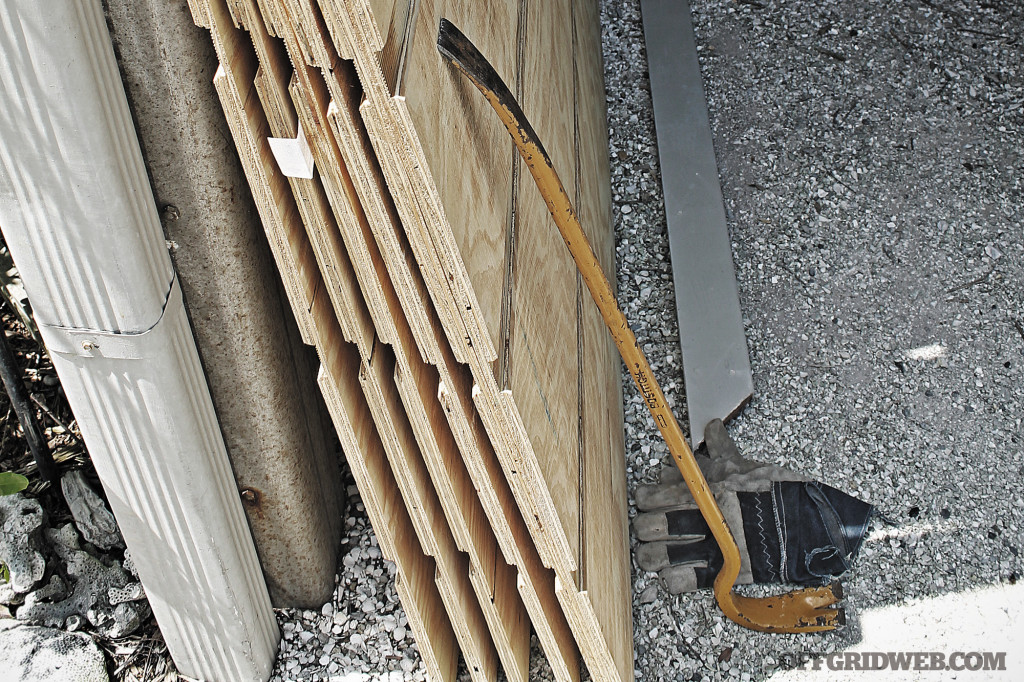
5. Identify trusted sources for hurricane information
Authoritative weather information should come from the emergency management pros, and not necessarily secondhand through local news reporters. Go to the source, and buy or acquire the tools to own and maintain your awareness 24/7. This includes weather apps for your phone, plus separate VHF-capable weather radios, including hand-crank or solar-generator varieties. Some may have satellite phones and rescue beacons — all good to go if it fits in the budget, and you have the time and discipline to keep them operational.
Use the info you gather to fine-tune your plan and to make that stay-or-go decision, even if for a moderate distance to a safe comfort zone. Be aware, and weigh the mobility-versus-gridlock factor, because a vehicle is seldom the optimum place to ride out a cyclone or flash flooding. And even then, watch your six until it’s safe to return home.
Bugging In
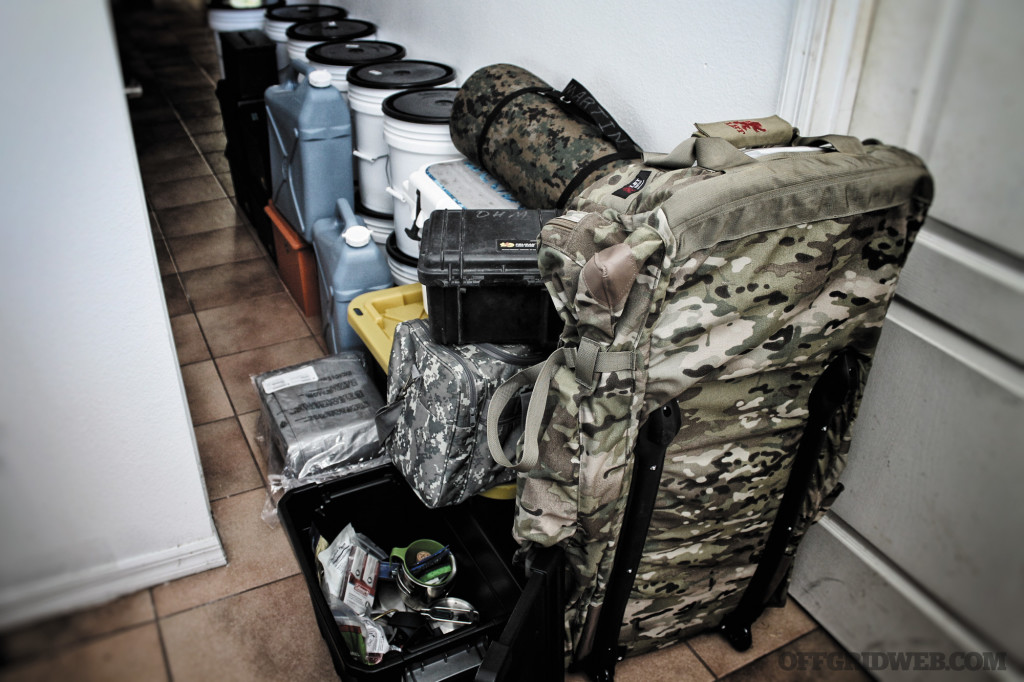
Space is tight in a safe room, a bug-out vehicle, or your interior bathroom, if that’s where you decide to hunker down and ride out the storm. Pre-staged gear should allow for basic hydration and nutrition without elaborate preparation, perhaps for one to three days before the storm passes, with reserves on hand. Essentials should include:
Water: 1-gallon potable water per person for three days, plus 1 gallon for washing
Food: Three meals per day per person plus utensils
Sanitation: Bathroom facilities and trash storage, or disposable wipes, anti-bacterial hand sanitizer, and bleach, used for water treatment and as a general disinfectant
Apparel: Dry change of clothes with waterproof shell, strong-soled boots or hiking shoes, gloves, respirator, and protective glasses
Personal Kit: Individually selected items of value and need — i.e. cash, documentation, and reading glasses
Medical: First-aid kit, medicines and prescriptions, sunblock, bug repellent, compact reflective blanket (space blanket), etc.
Self-Defense Tools: Firearms, ammo, knife, etc.
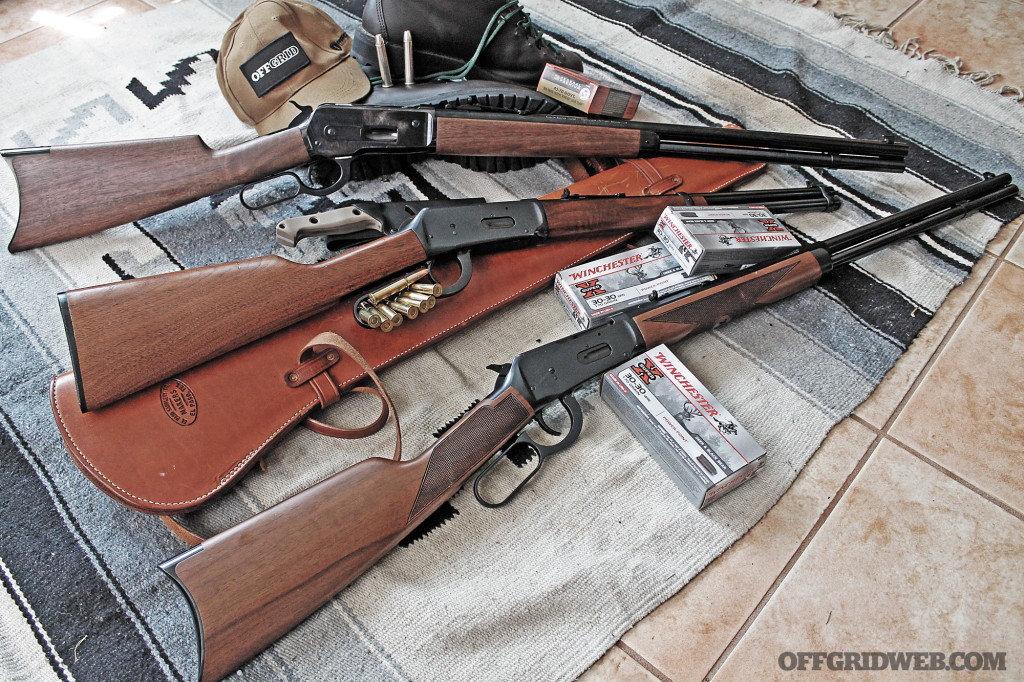
Above: Ammo in popular calibers is the first to disappear from store shelves before a huge tropical storm. Before one incoming hurricane, this author found that the only remaining ammo was three boxes of 170-grain .30-30 — perfect for his old 16-inch Winchester. (Also shown is a newer 24-inch Winchester, with John Browning’s .45-70 loaded with Federal .300-grain Trophy Bonded Bear Claws.)
Electronics: Chargers, batteries, communications (radios, mobile or satellite phones), self-charging weather radio, flashlight, headlamps, chem lights, etc.
Also consider:
- Signaling Devices: Whistle, flare, mirror, air horn, fire-starter
- Evacuation Tool(s): Axe, pry bars, saws, wrenches, etc.
- ABC-rated fire extinguisher
Bugging Out
Whether you choose to GTFO early or you’re ordered by local authorities to evacuate, make sure your vehicle (preferably a capable 4×4) is in good working order. And much like the items outlined in the “Bugging In” sidebar, you should pack essentials in your vehicle such as food, water, fire-starter, medical supplies, and self-defense tools. Also consider loading your ride with the following:
BOB(s): Fully packed bug-out bag for each family member
Spare Fuel
Vehicle Recovery Tools: Air compressor, tire-repair kit, tow strap, come-along, tallboy jack, rope
Additional Tools: Toolkit, shovel, chainsaw, pry bar, or axe
Visibility Tools: Spotlight, binoculars, and protective eye wear
Overnight Considerations: Cash, tape, window screening, tent, camp stove, cook set
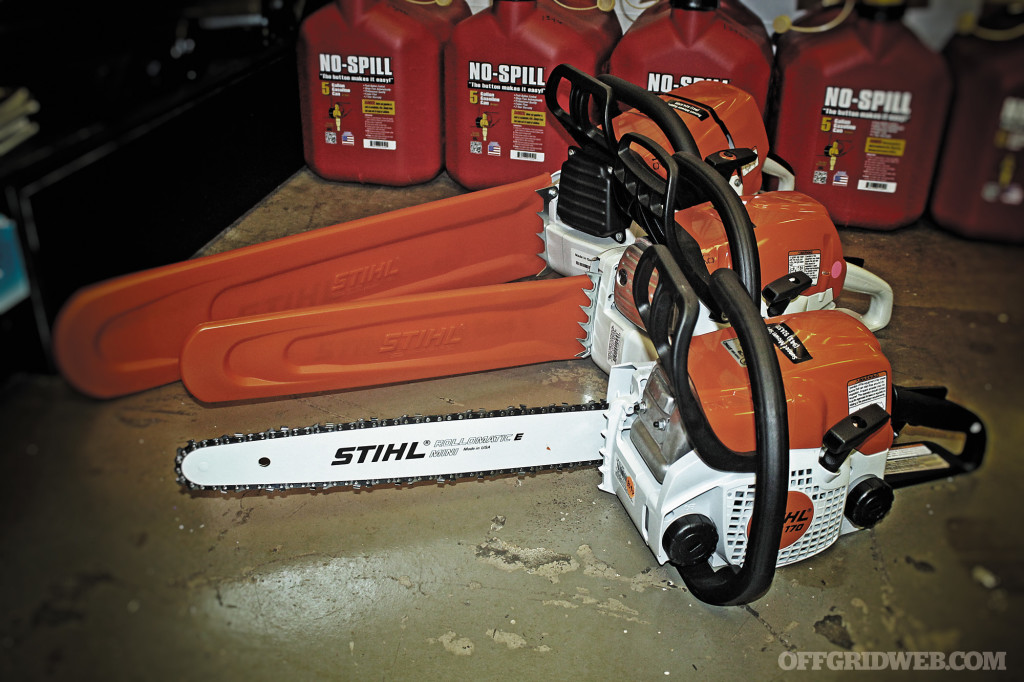
Above: Reduce potential tree damage to your home by trimming early with a professional-level pruning tool like this Stihl chainsaw. If you have room, you can also pack it in your off-road rig to clear branches blocking roads. A winch, chainsaw, and spare fuel make a vital mobility combo when nature attacks.
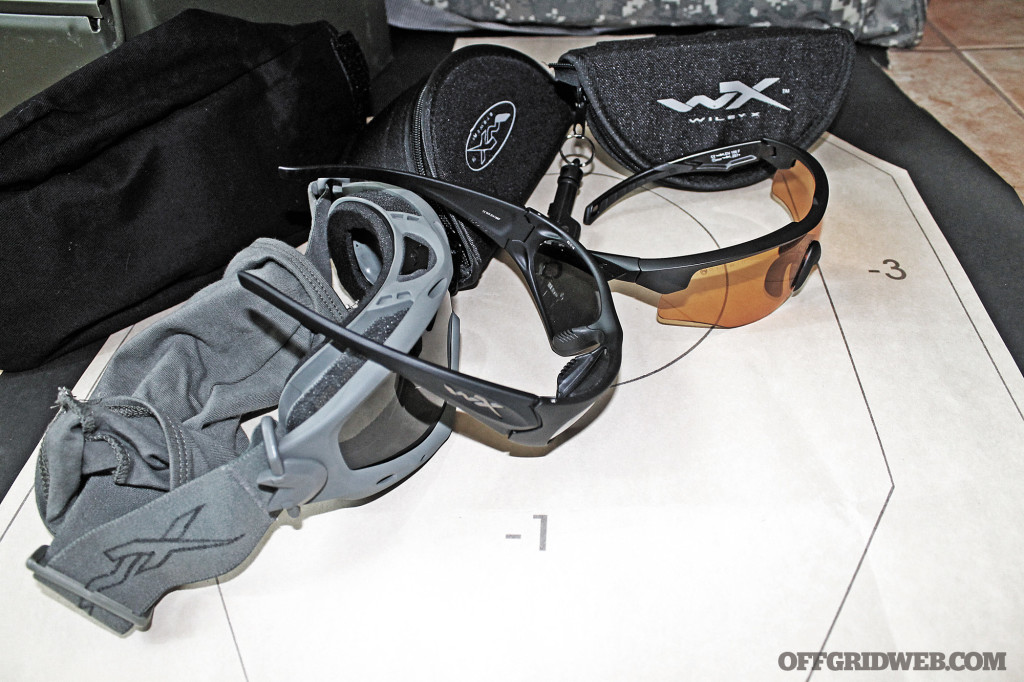
Above: Don’t forget eyewear, like the author’s personal Mil-spec prescription glasses from Wiley X that also provide protection from flying storm debris or hot brass.
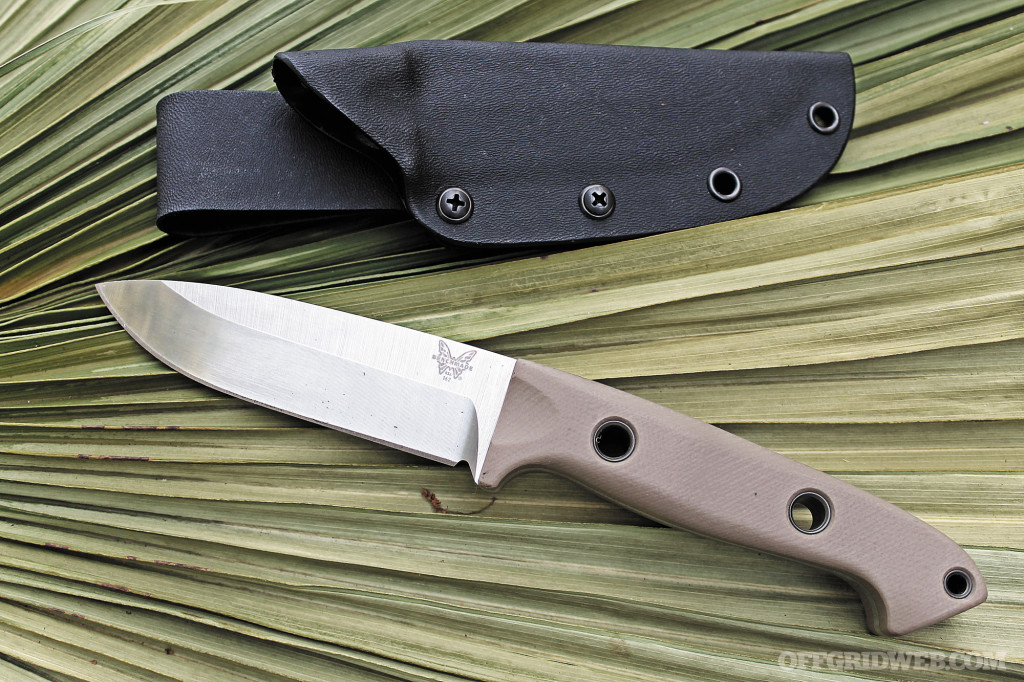
Above: A fixed blade — like this Benchmade Bushcrafter — should be a part of every prepper’s bug-in or bug-out kit. The S30V blade with a G-10 handle makes for a great camp knife, survival blade, and self-defense weapon.
Returning Home
After the “all clear,” you might be tempted to rush home to see if your house is still standing or to just collapse in your own bed. But caution is needed. Here are some brief tips:
- Approach your home with gloves, boots, mask, and eye protection
- Prepare to evaluate damage while avoiding injury due to utilities/hazards
- Prepare to install rolls of nylon screen for mosquito/disease control
- Document damage with digital photos and lists, prepare claims and guard against looters and predators, contact and initiate all claims
- Apply storm tarps, tie-down cords, post signage
- Communicate with family, emergency plan contacts
Web Exclusive: For additional content and more detailed information on what to do after a hurricane hits, go to www.offgridweb.com/survival/hurricane-aftermath.
Mistakes to Avoid
Thinking You Can Fuel Up: Chosen or ordered to evacuate? Then you better understand the capacity and range of your vehicle, and the need for space for fuel in the event none is available en route. Follow the boater’s rule of thirds: one third to reach your destination, a third to maneuver, and one third to return. Fill up spare cans for alternate destinations.
Staying Clueless About Flats: Emergency responders have discovered that storm debris can often result in punctured tires. Carry a patch kit as well as a hand pump or onboard compressor, plus blocks and a working jack and tire tool for each vehicle.
Forgetting That Looters Are Shooters Too: If you’re hunkering down, don’t set up a lawn chair and an umbrella on your front porch and sit beside a spray-painted plywood sign reading, “Looters will be shot. Survivors will be shot again.” There are few things more desirable to robbers than money and guns. Not only will this sign mark you as gun owner, but shade and sunscreen don’t qualify as concealment or cover. And no need to make first responders reluctant to respond to emergency calls in your ’hood.
Cracking Open a Window: This popular misconception results from post-storm images of buildings that appear to explode during hurricane force winds. Like blowing into a balloon, fast-moving air entering a building applies pressure inwardly, potentially lifting roofs and blowing out walls. Seasonal storm shutters, or even plywood, can block the forces and protect you against flying debris.
Lacking large-scale situational awareness: Don’t focus so intently on the hurricane eye coordinates that you lose perspective on peripheral threats. Even when avoiding potential storm surge, many deaths still result from drivers and even pedestrians underestimating inland freshwater flooding on roadways, 100 miles from the eye.
Procrastinating About Protection: Many homeowners are injured immediately prior to storms when attempting to climb ladders to install 4×8-foot plywood panels during high winds. Beef up your home in the spring, or as a year-round home improvement project. Things like storm shutters, fortified garage doors, and impact-resistant windows can fortify your residence or office and provide potential insurance advantages.
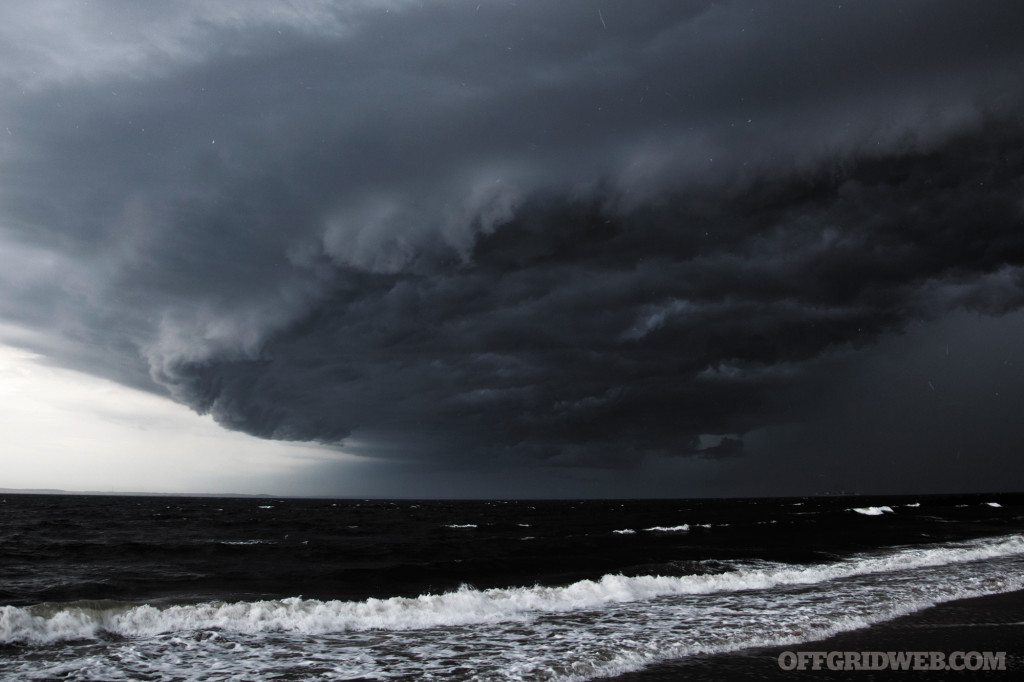
Conclusion
“Don’t let it get you down and keep you down” sounds cliché, but that is what you must do. If a hurricane is on the horizon, show strong leadership and a caring face to those around you. Fortify and strong point your patch of earth; prepare to stand your ground or maneuver. Sometimes you must get knocked flat and a little broken before redemption. Get back up.
About the Author
David H. Martin’s earliest hurricane memories are of candles and power outages in his boyhood Houston home. He weathers the storms of Southwest Florida as a Sarasota kayak and canoe fishing guide, paddle skills teacher, and firearms instructor. He has worked in local, state, and federal emergency management, planning, and disaster response and recovery. He can be emailed at davidhmartin@me.com.
More From Issue 15
Don’t miss essential survival insights—sign up for Recoil Offgrid’s free newsletter today.
Read articles from the next issue of Recoil Offgrid: Issue 16
Read articles from the previous issue of Recoil Offgrid: Issue 14
Check out our sister publications on the web: Recoil | Gun Digest | Blade
Editor’s Note: This article has been modified from its original print version for the web.

